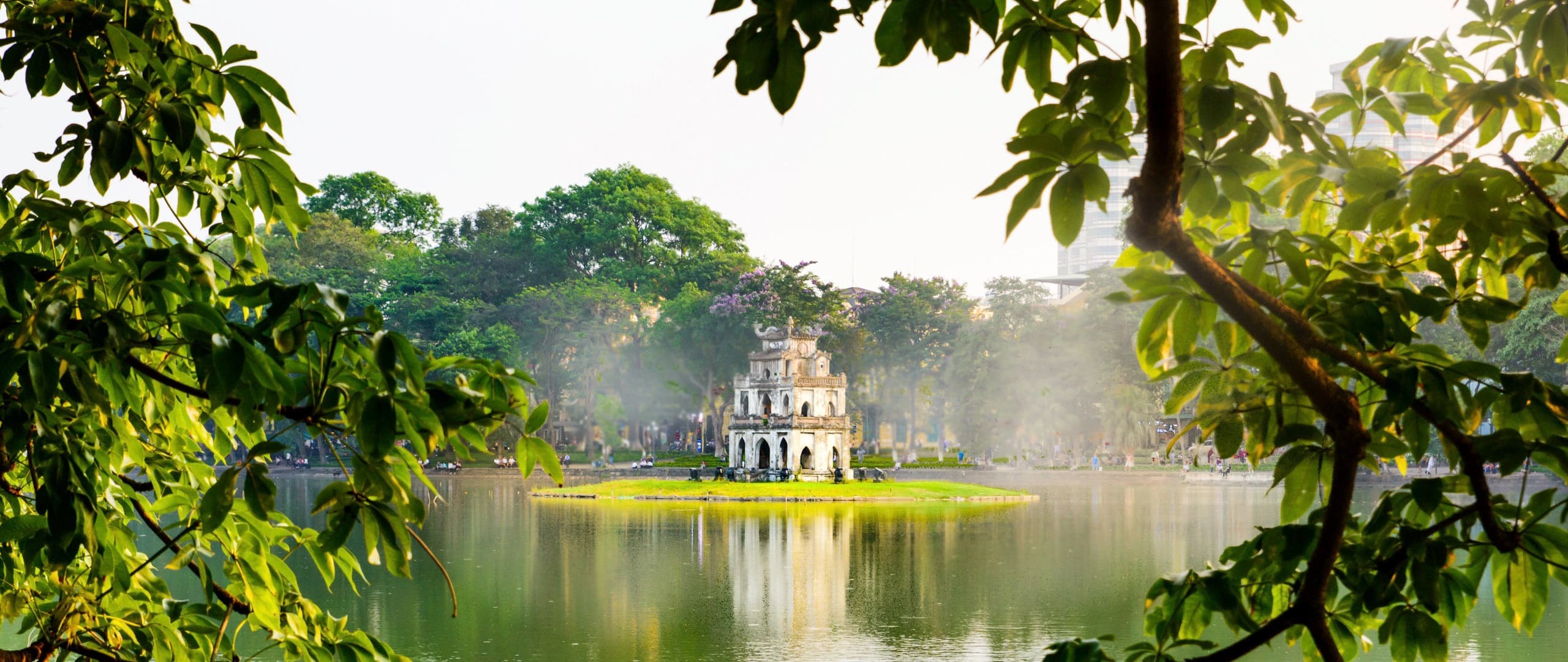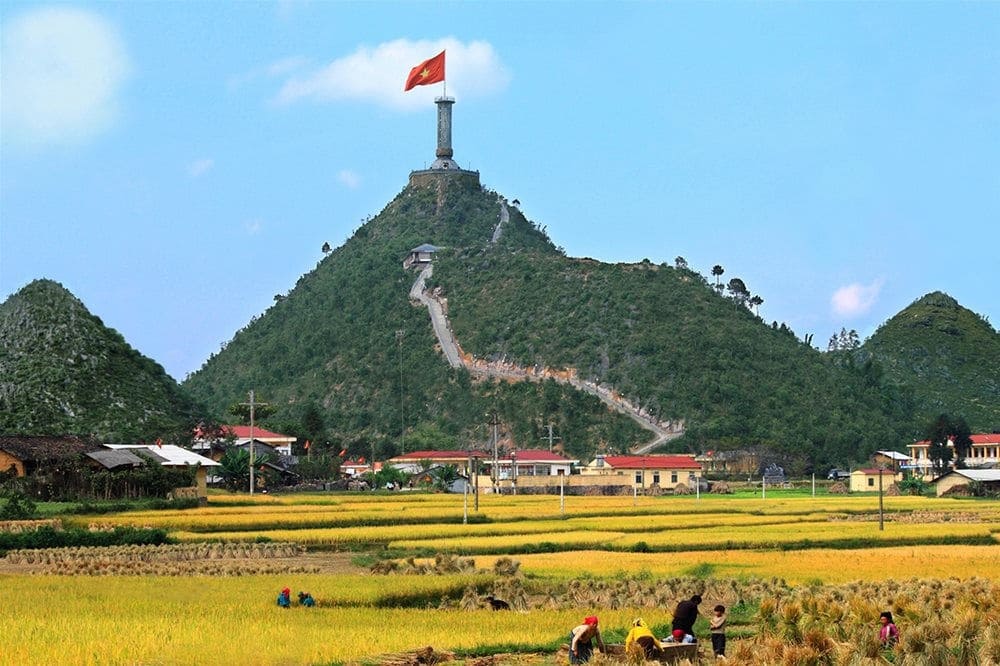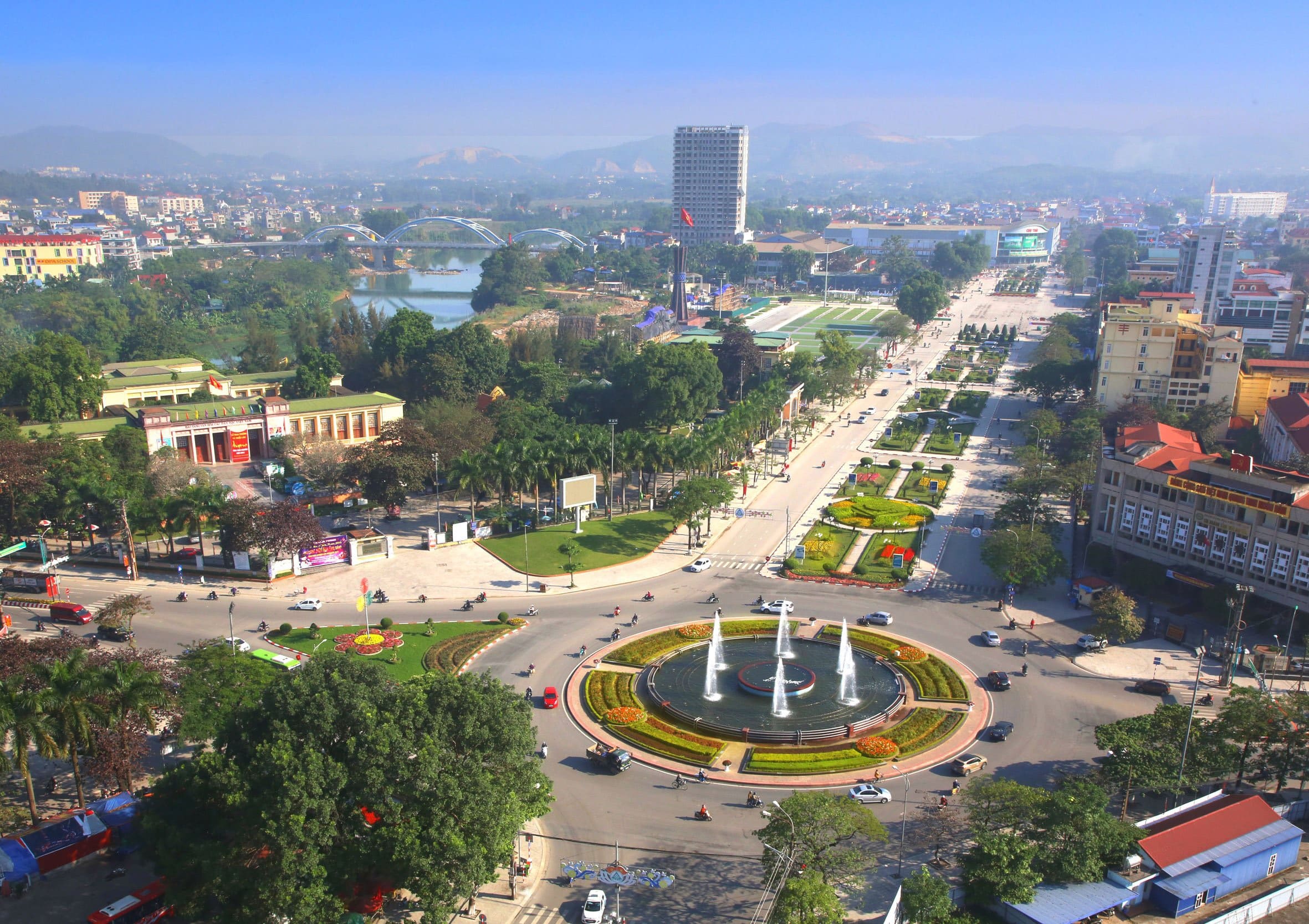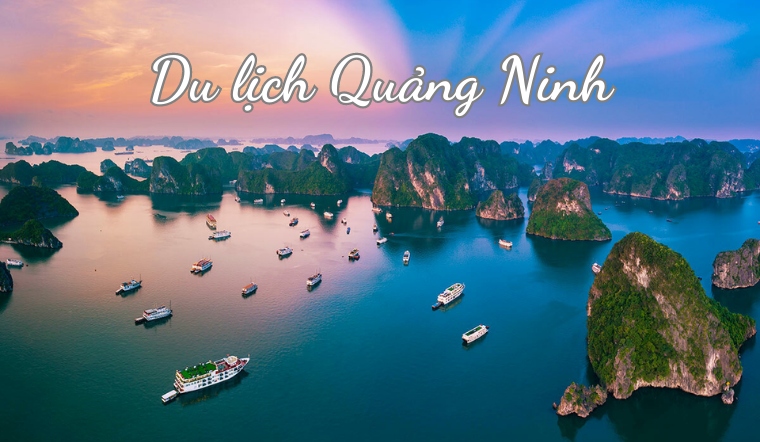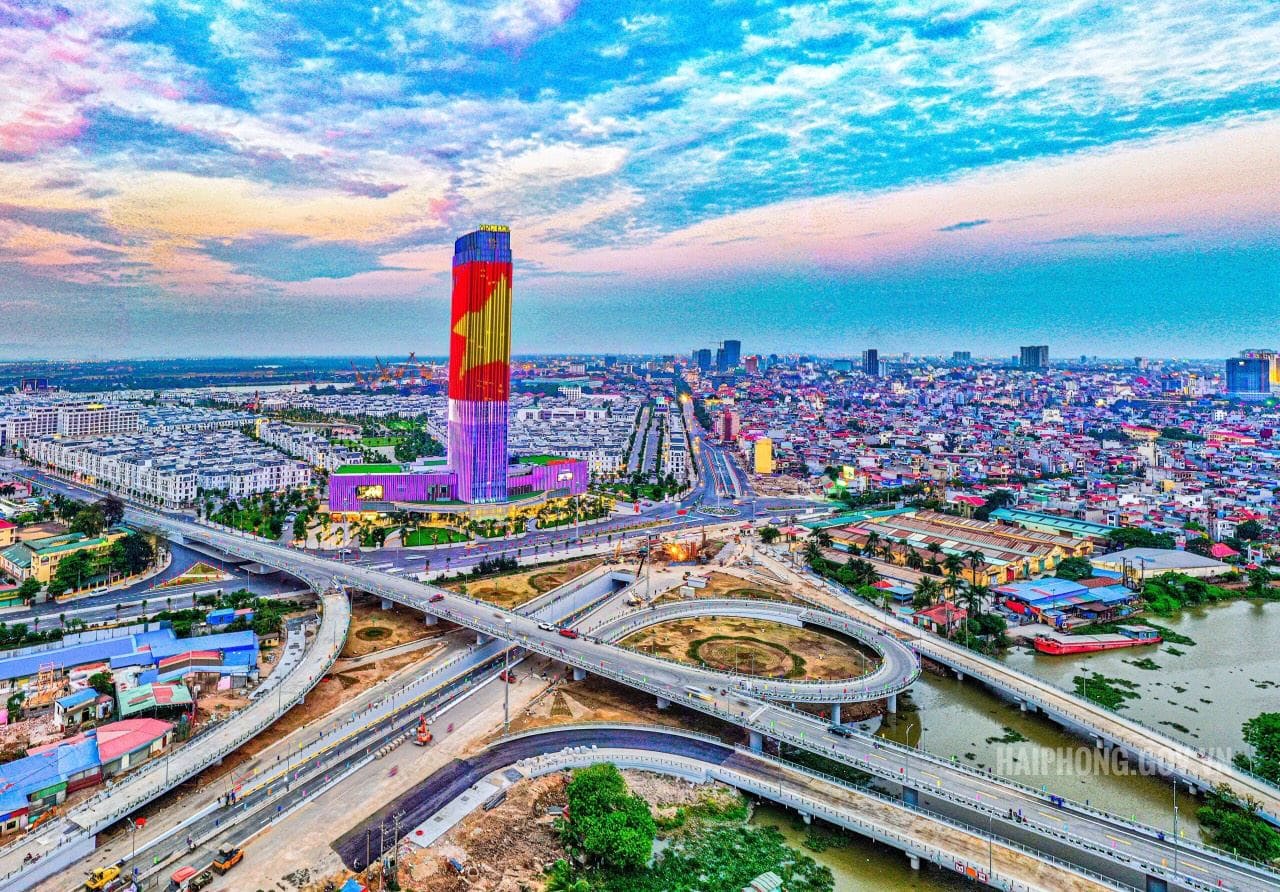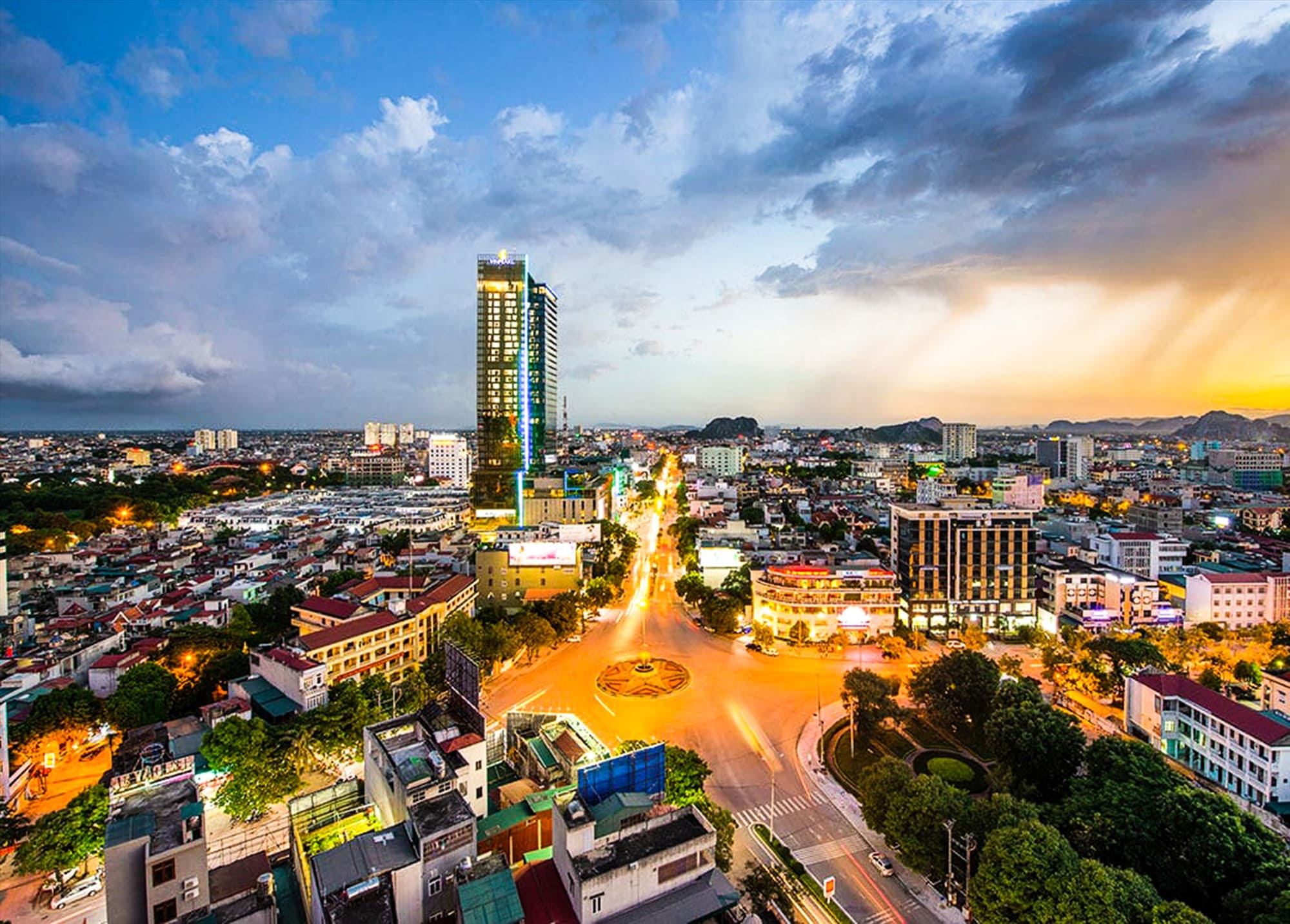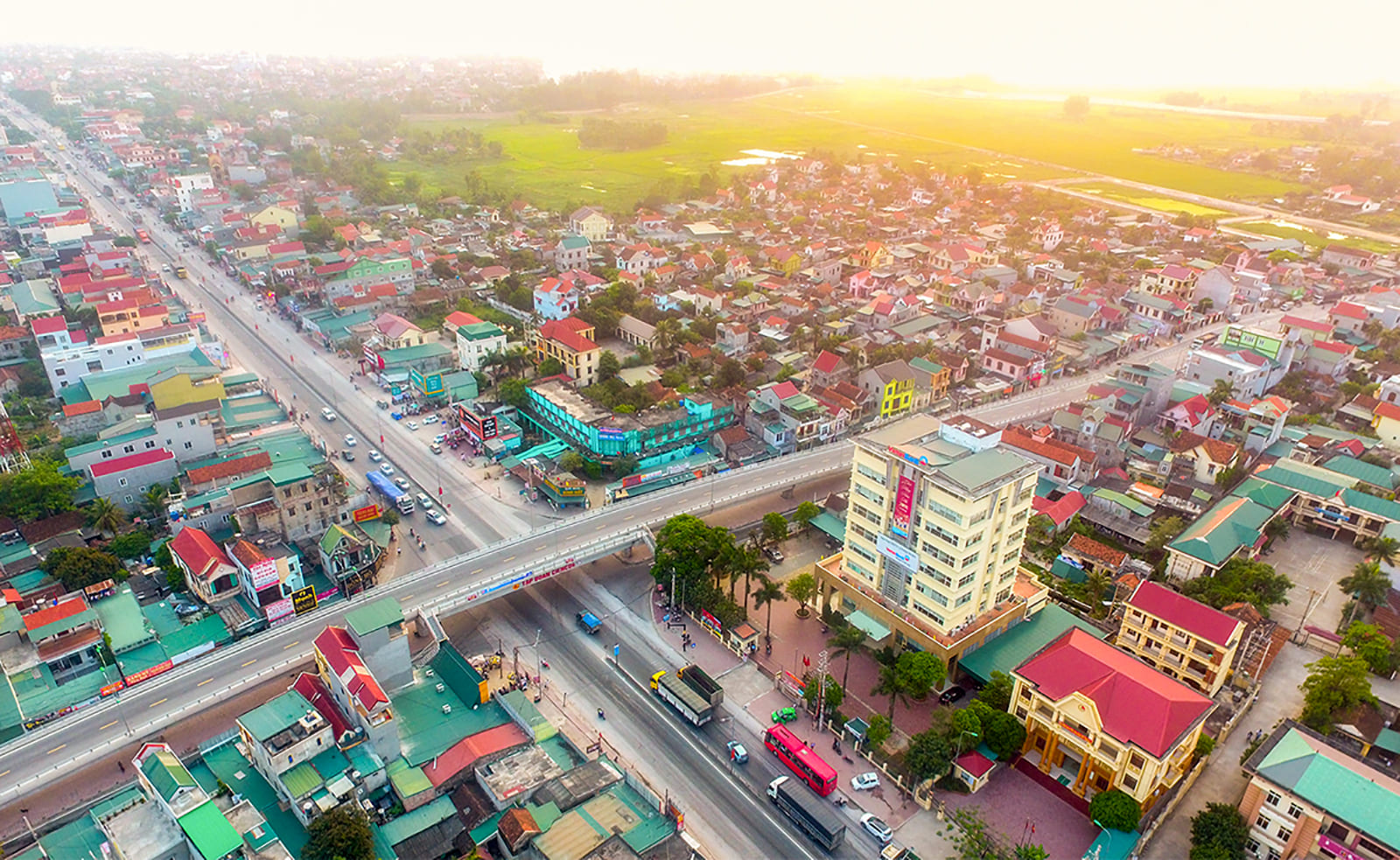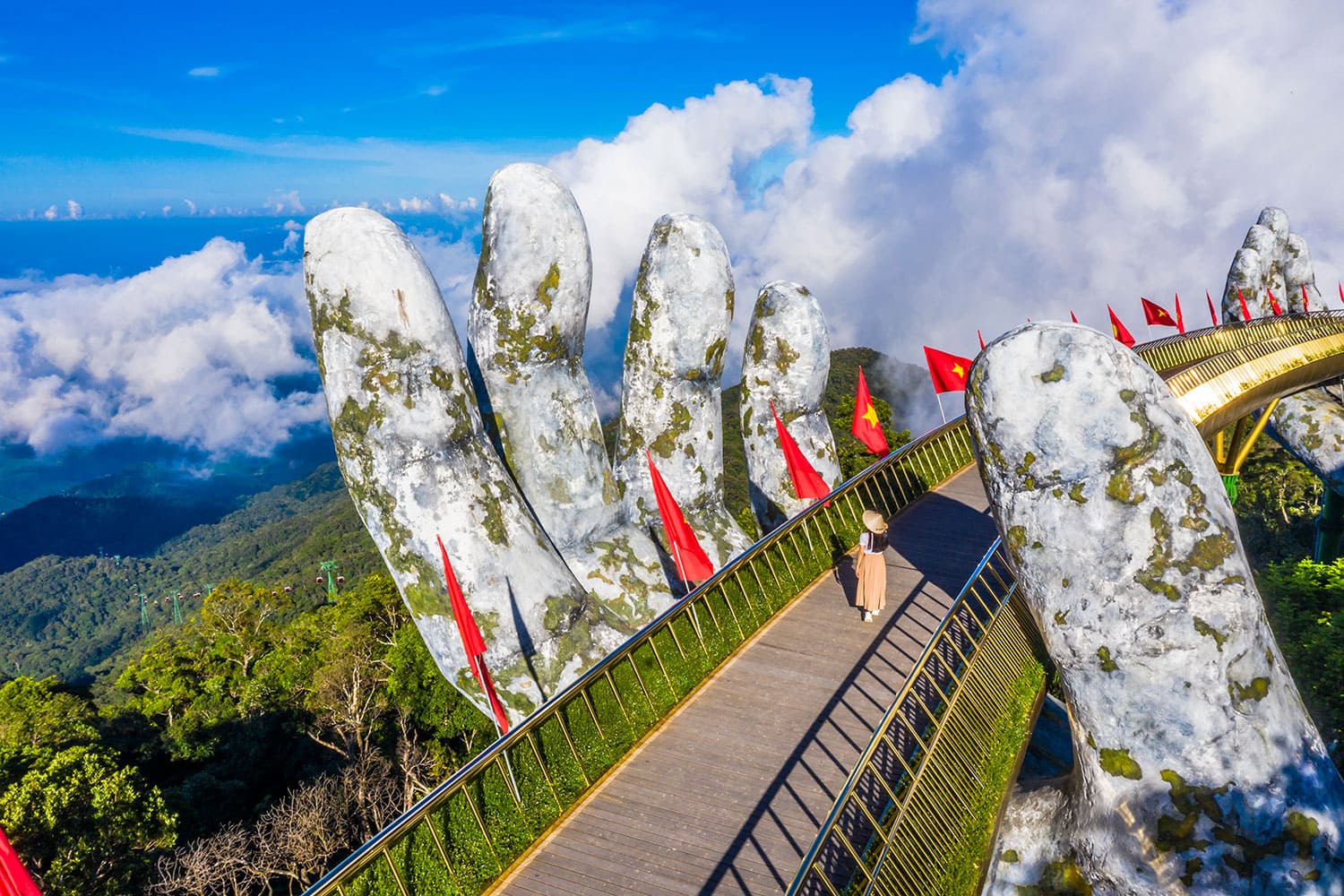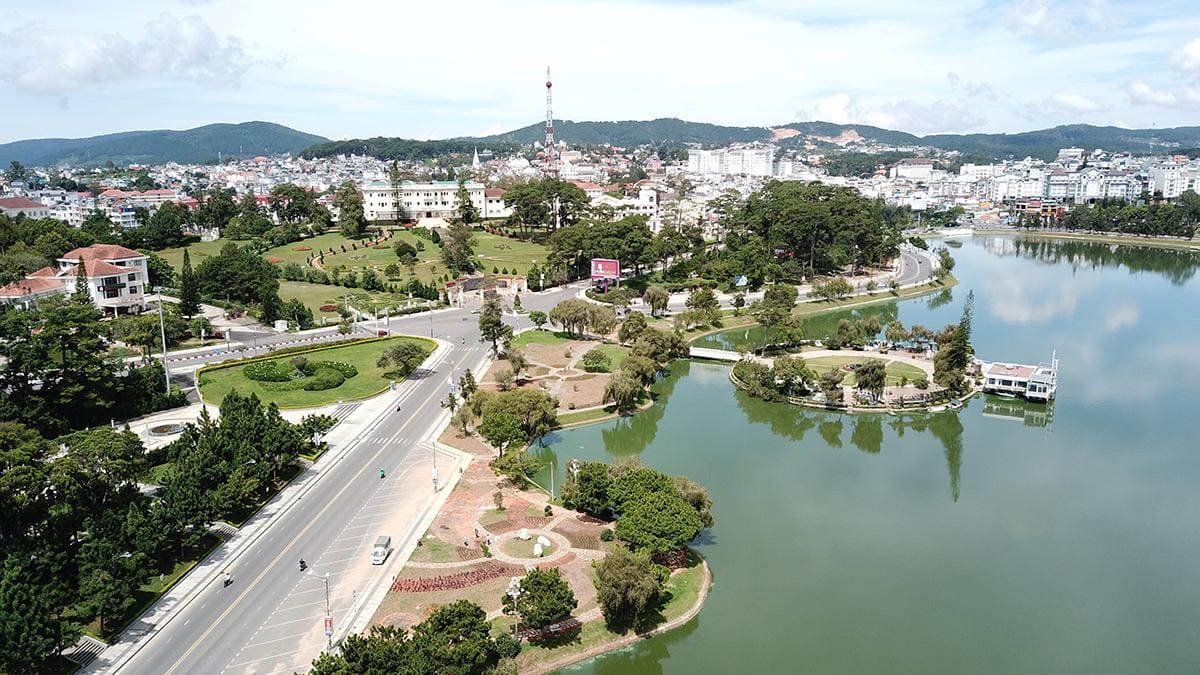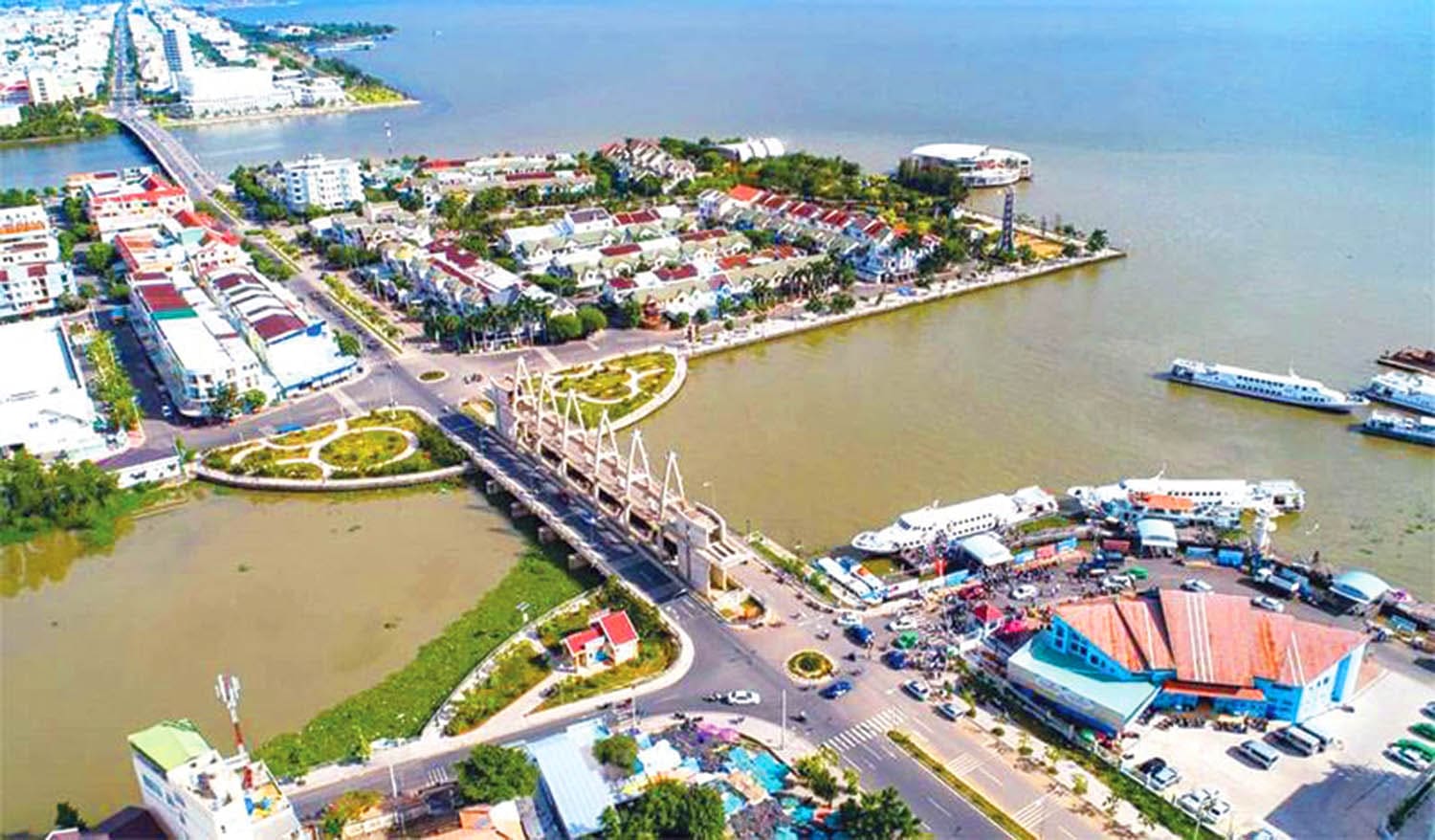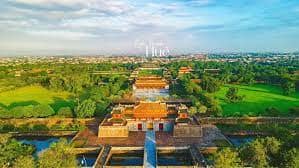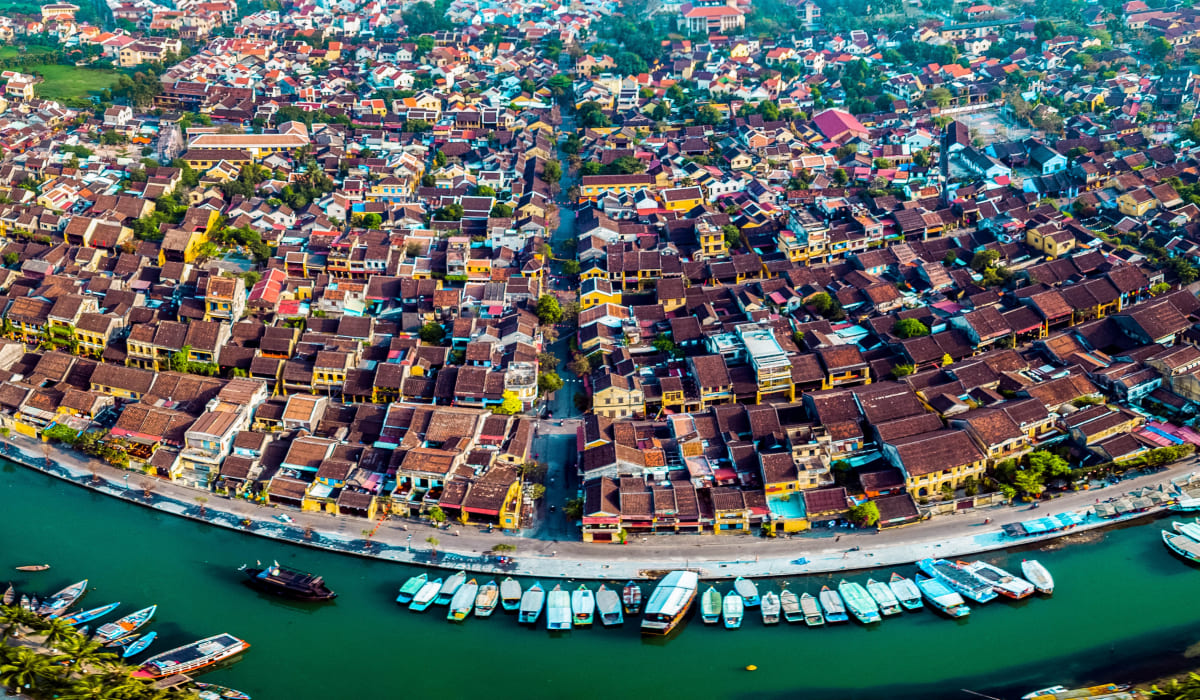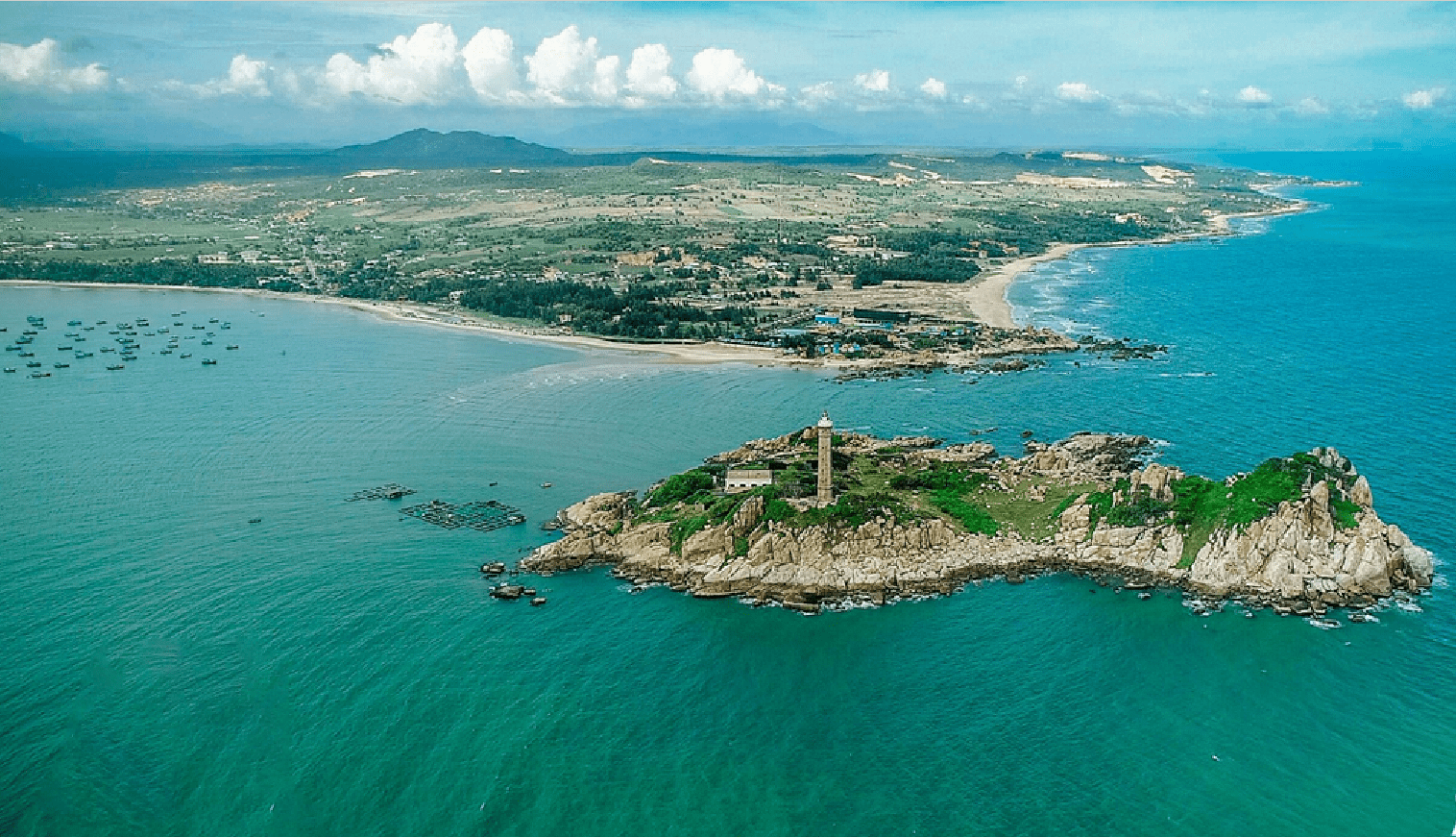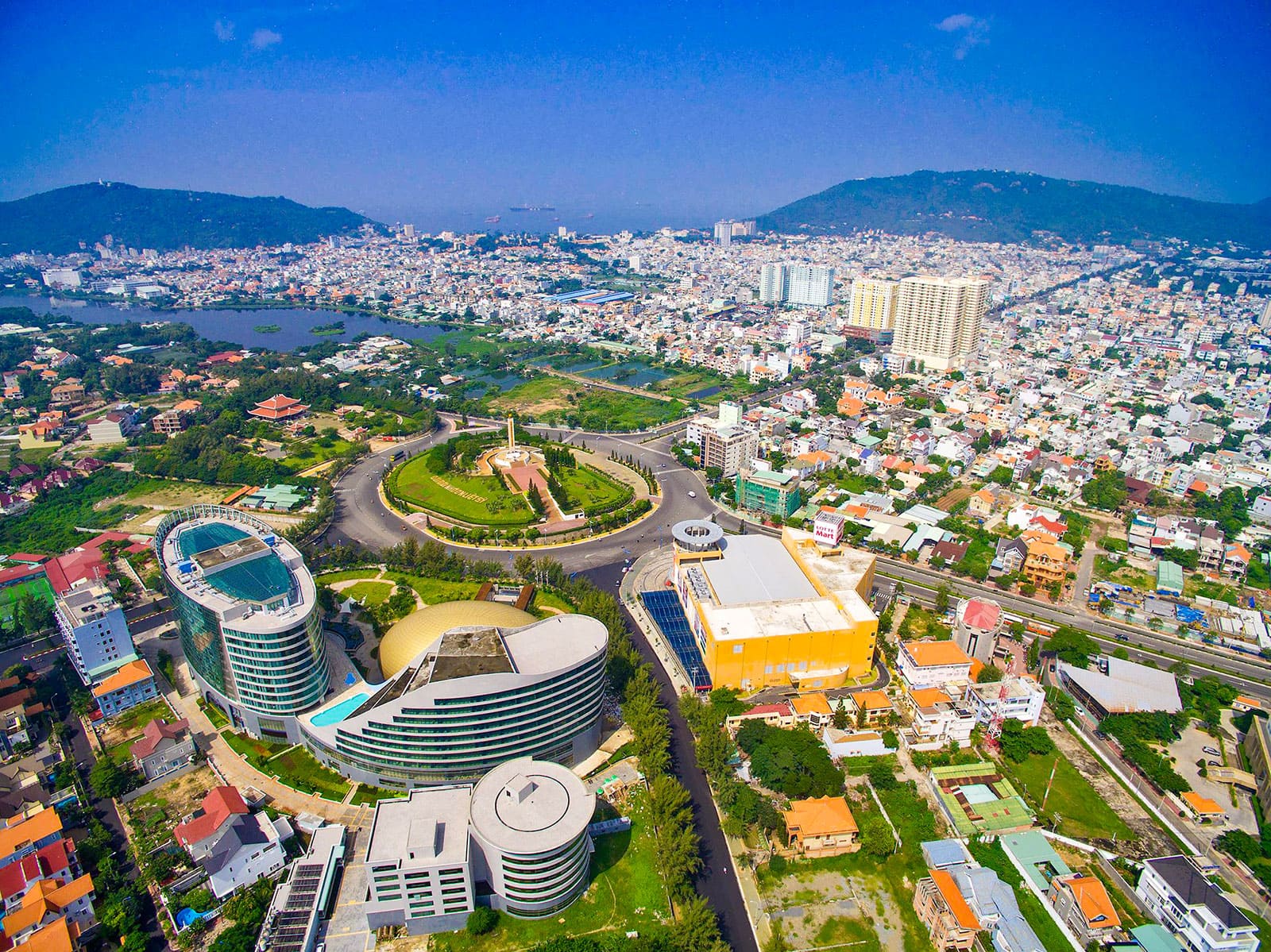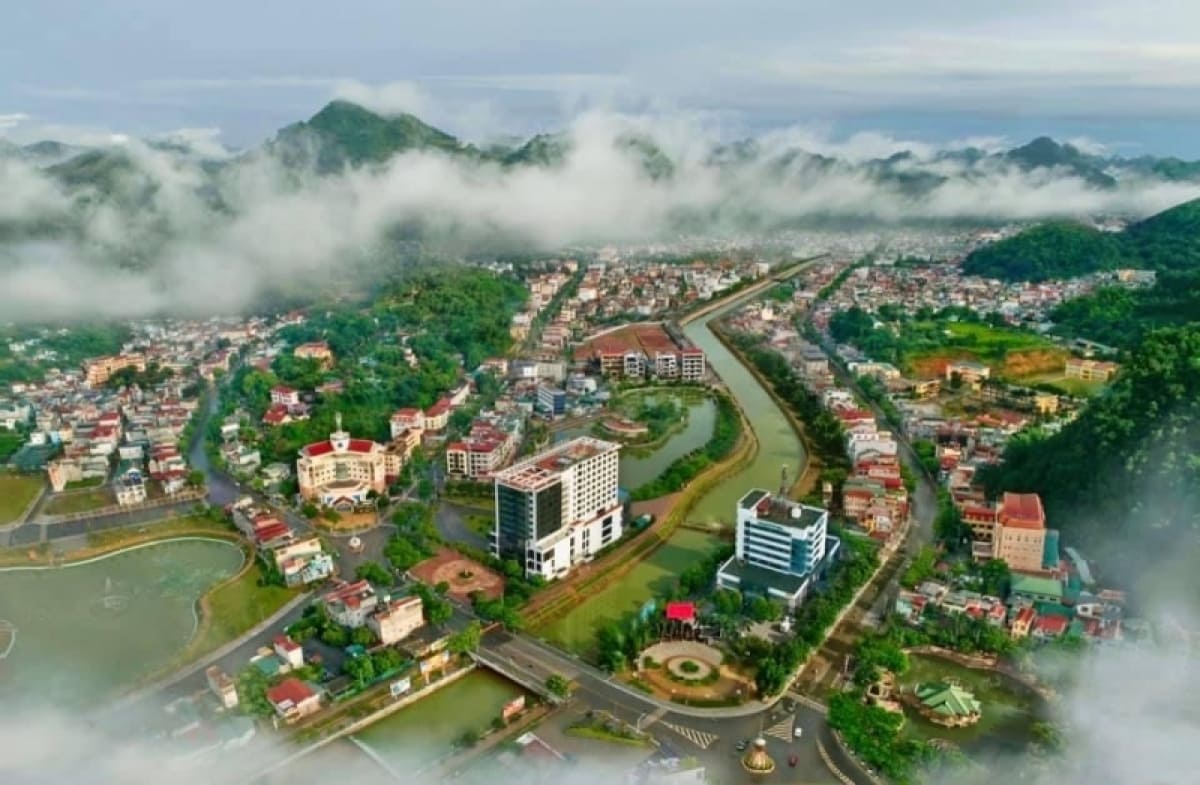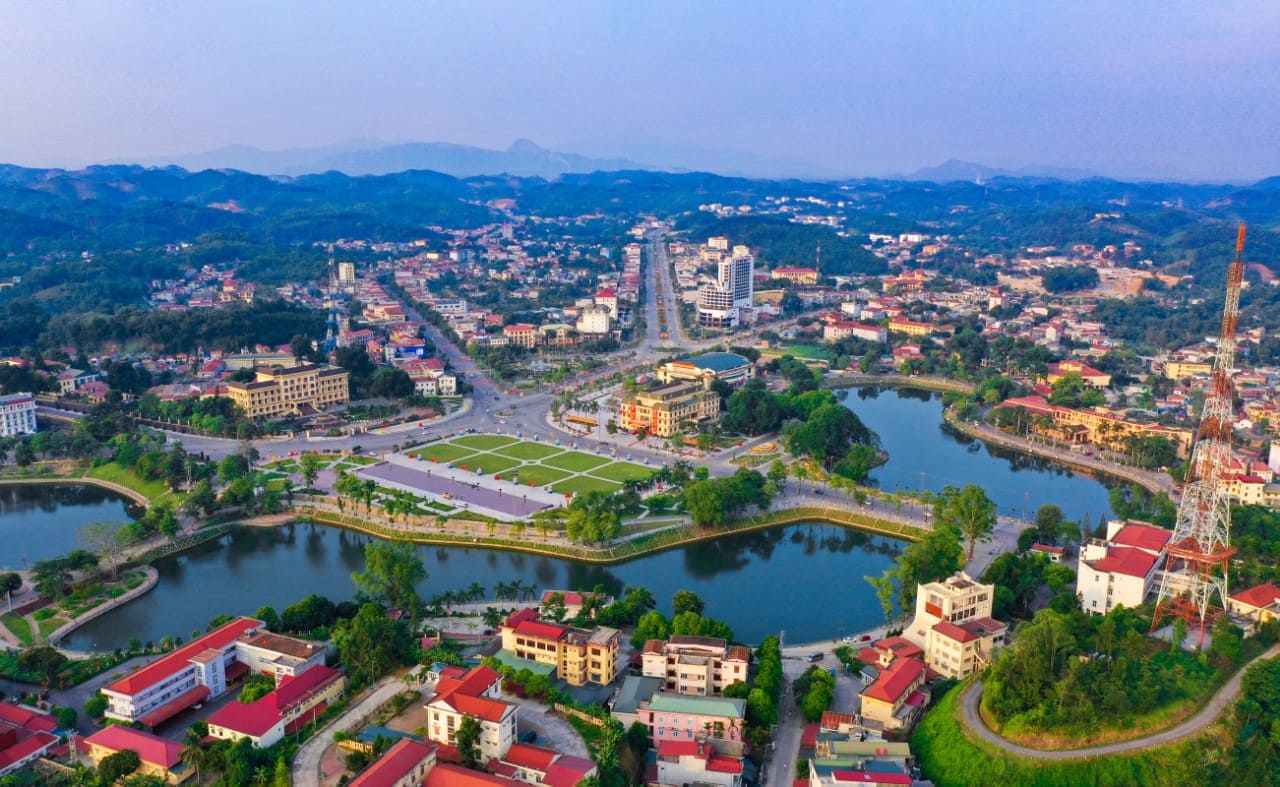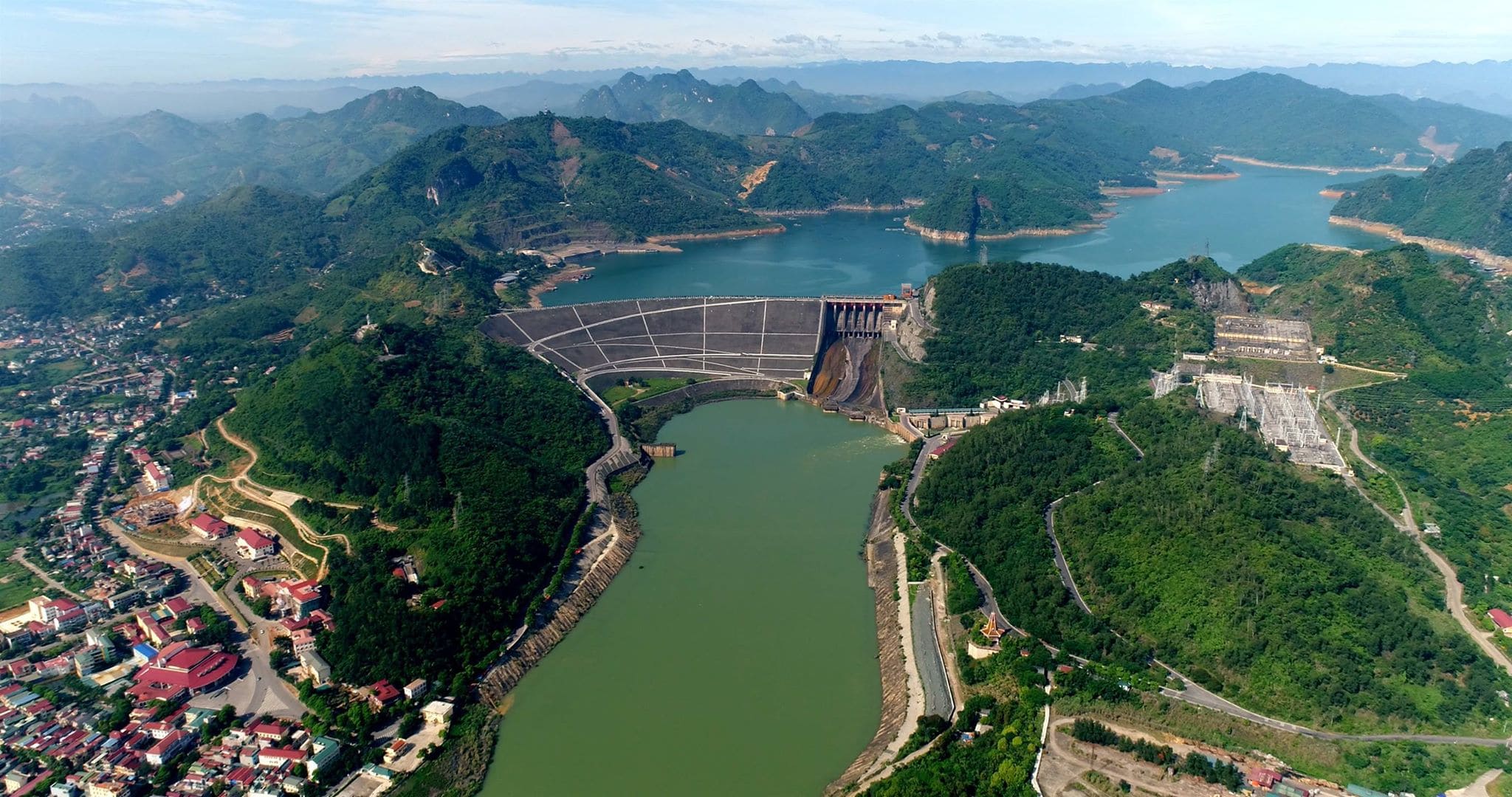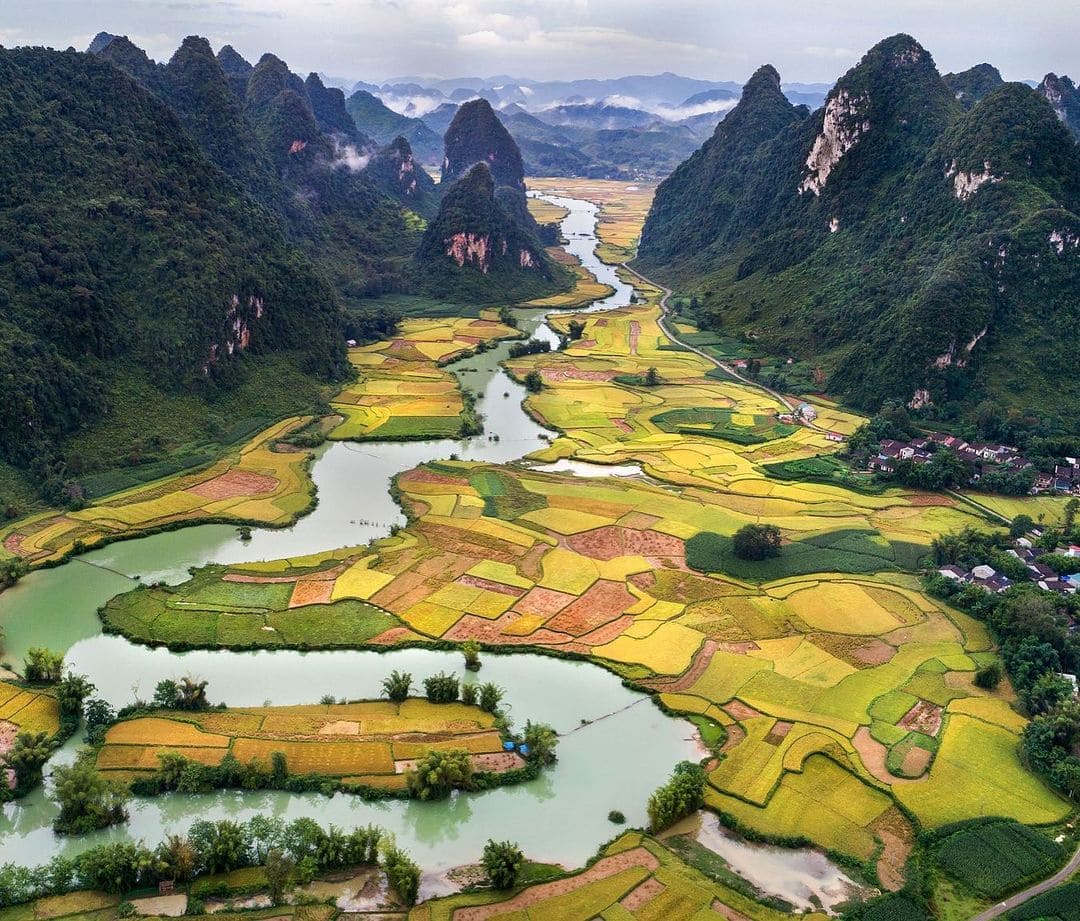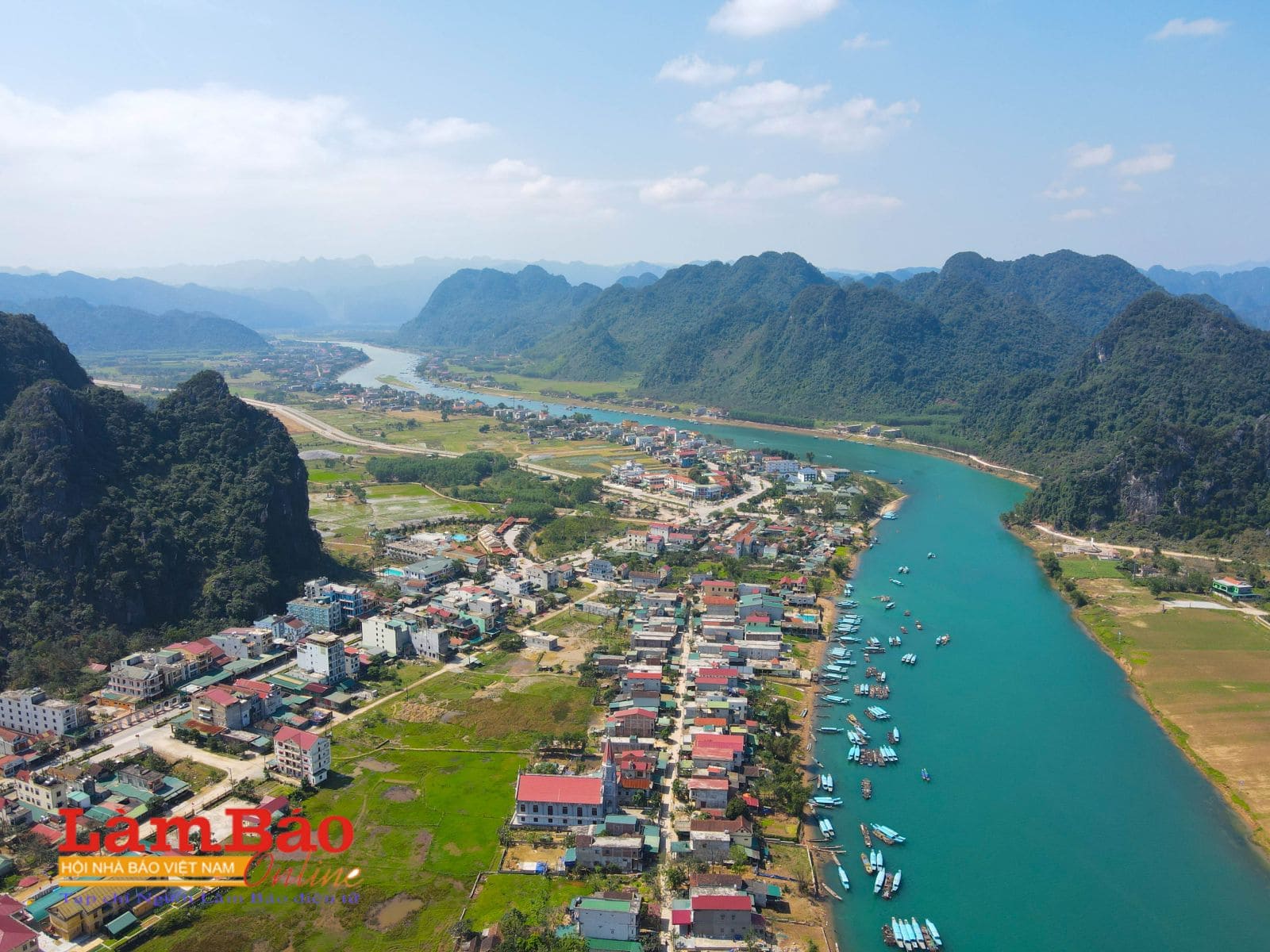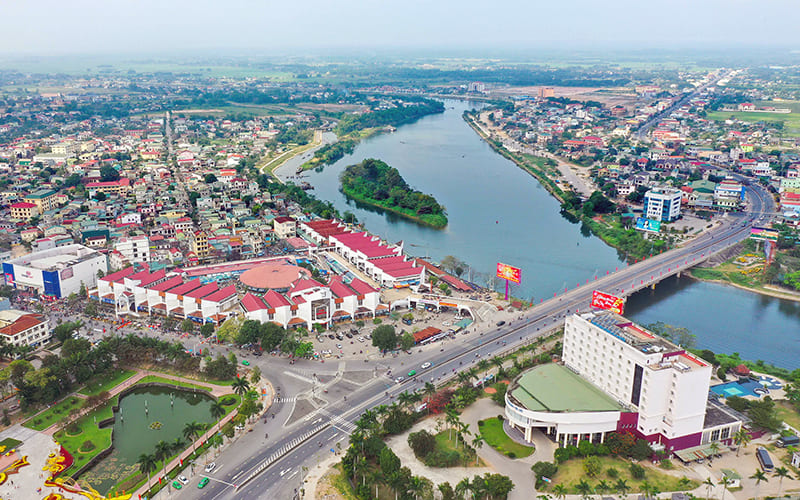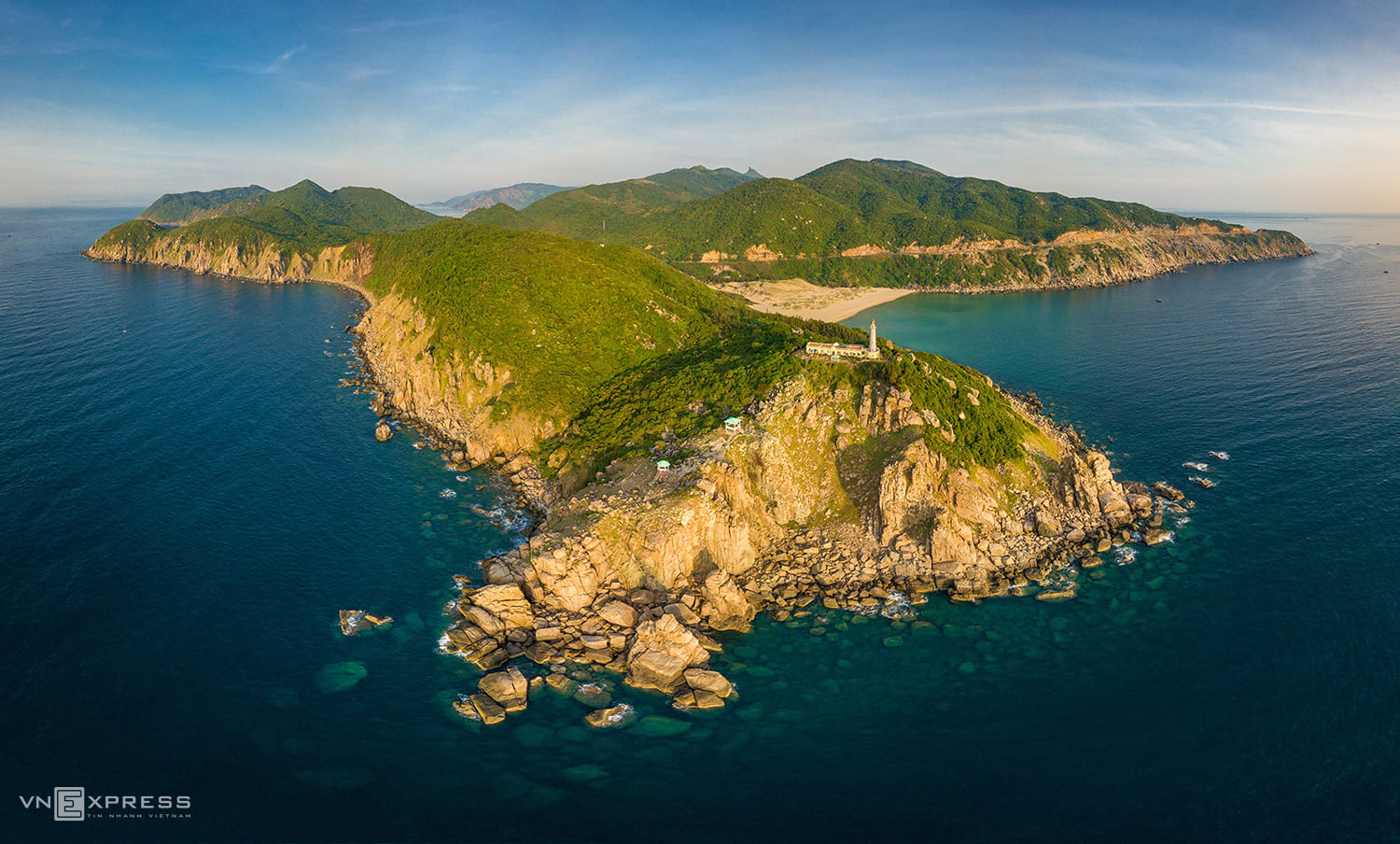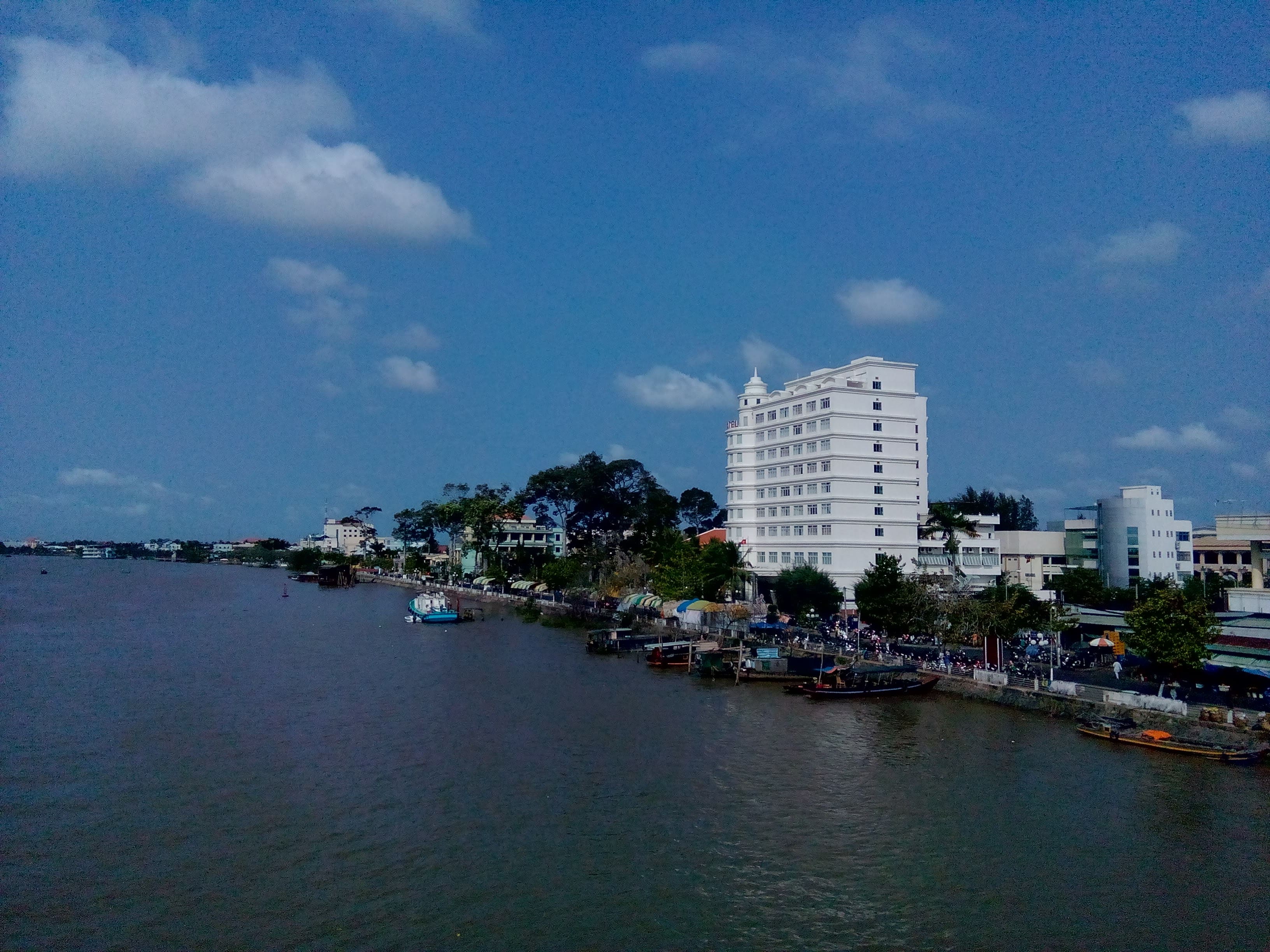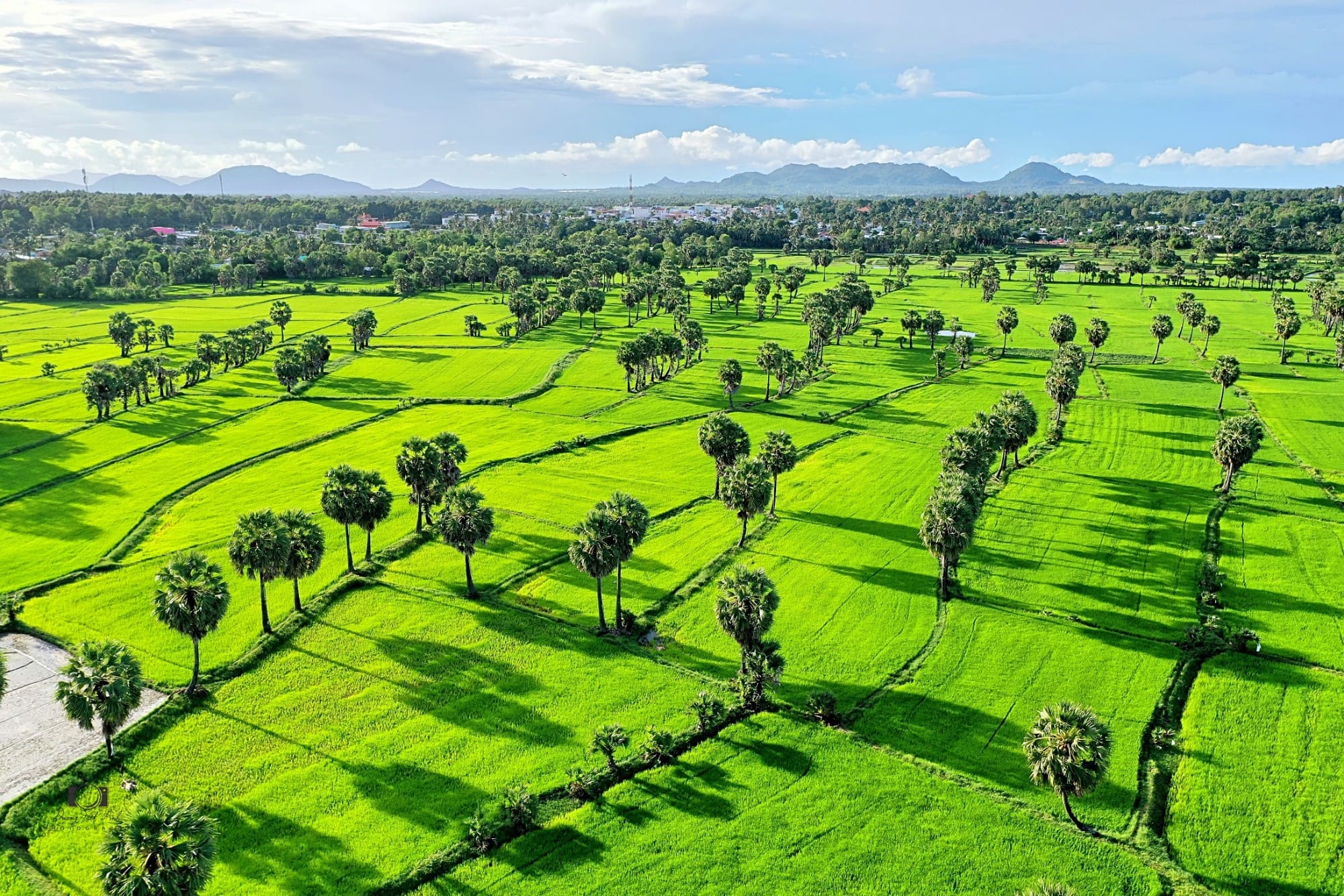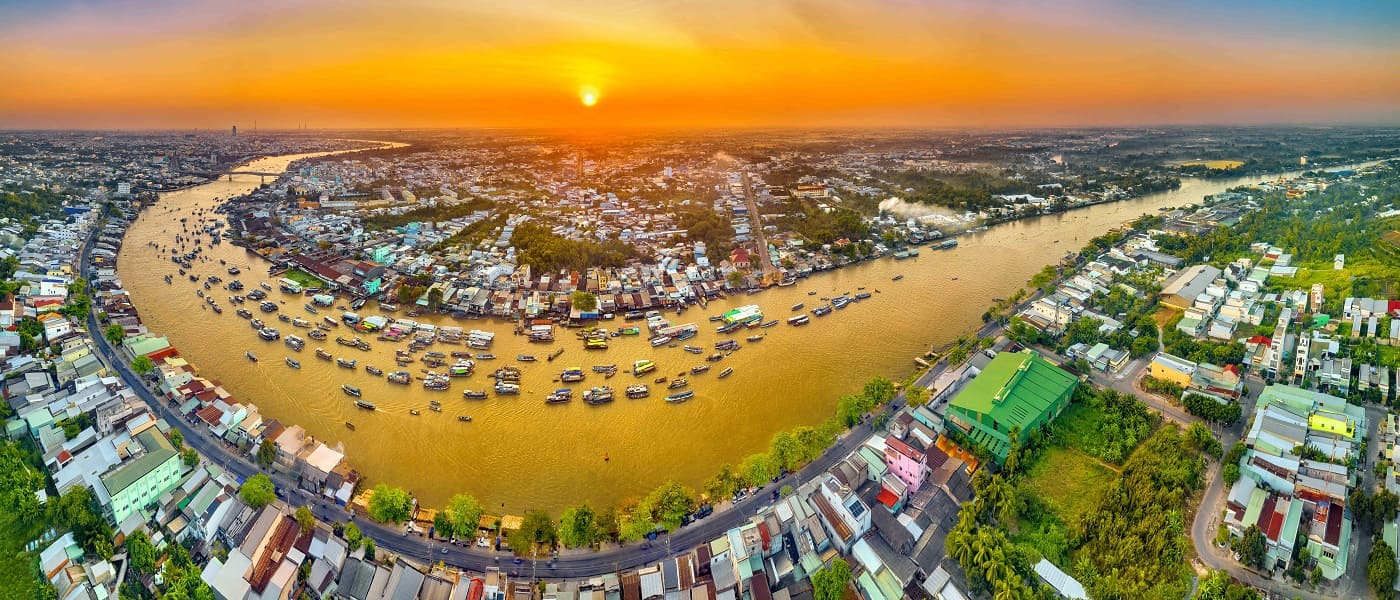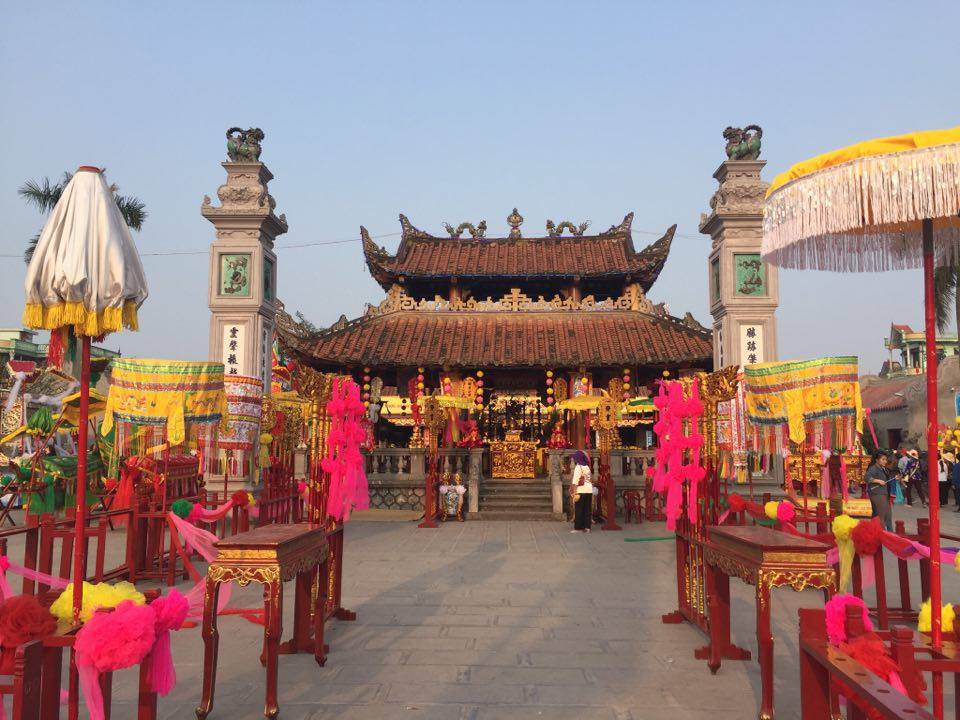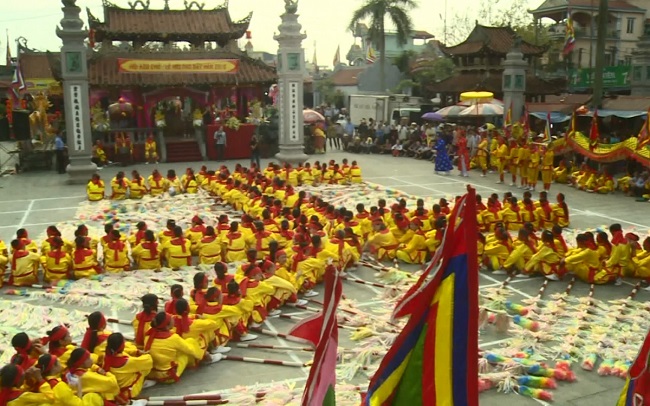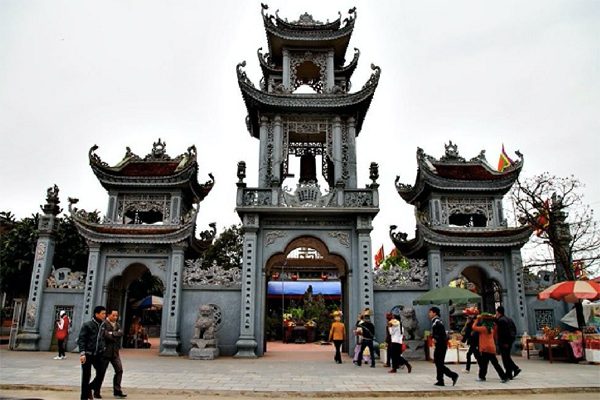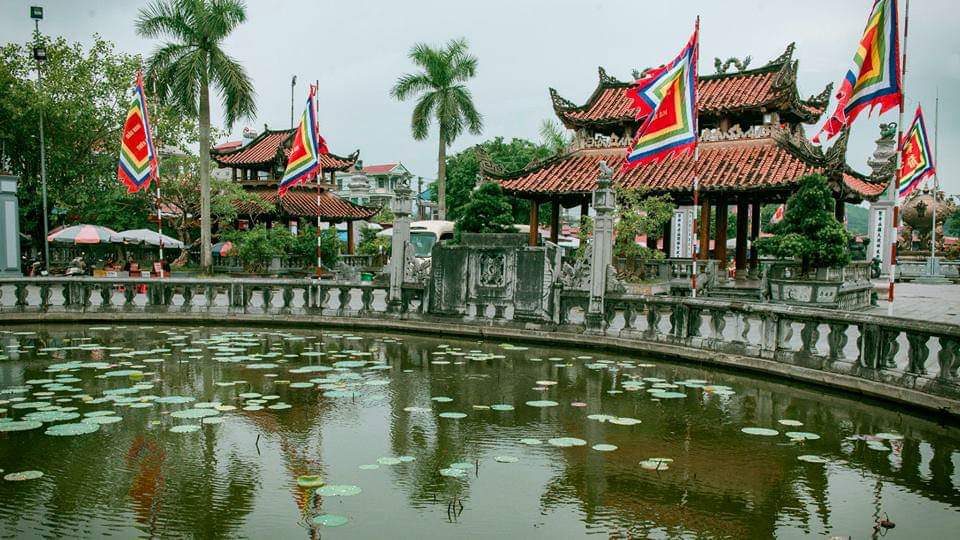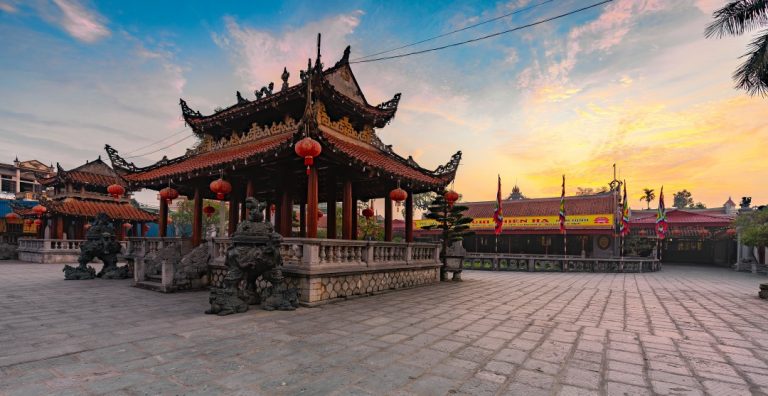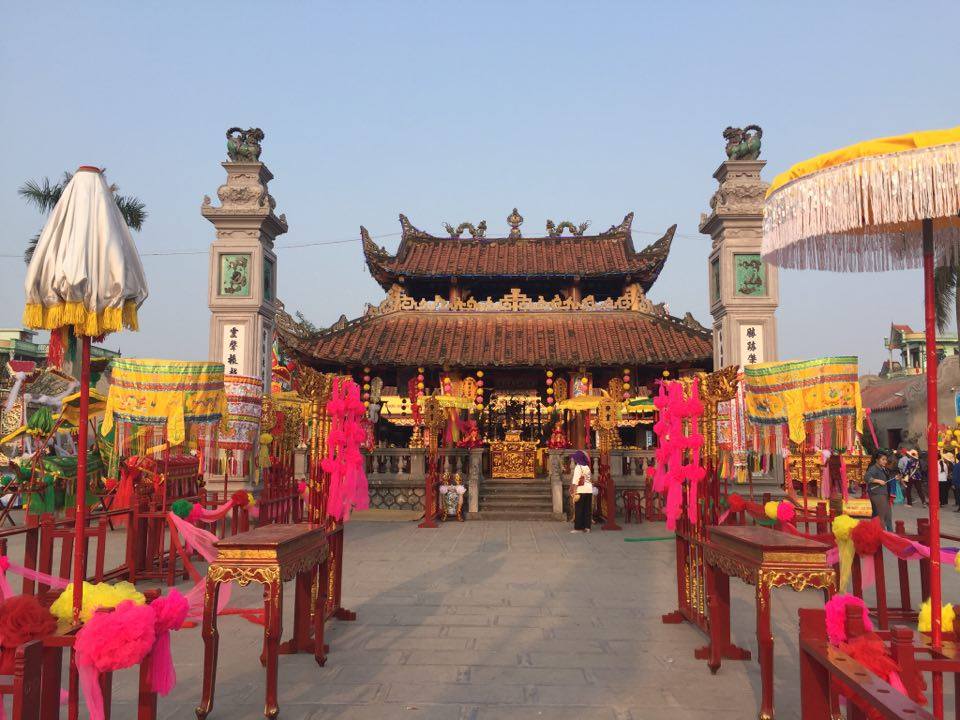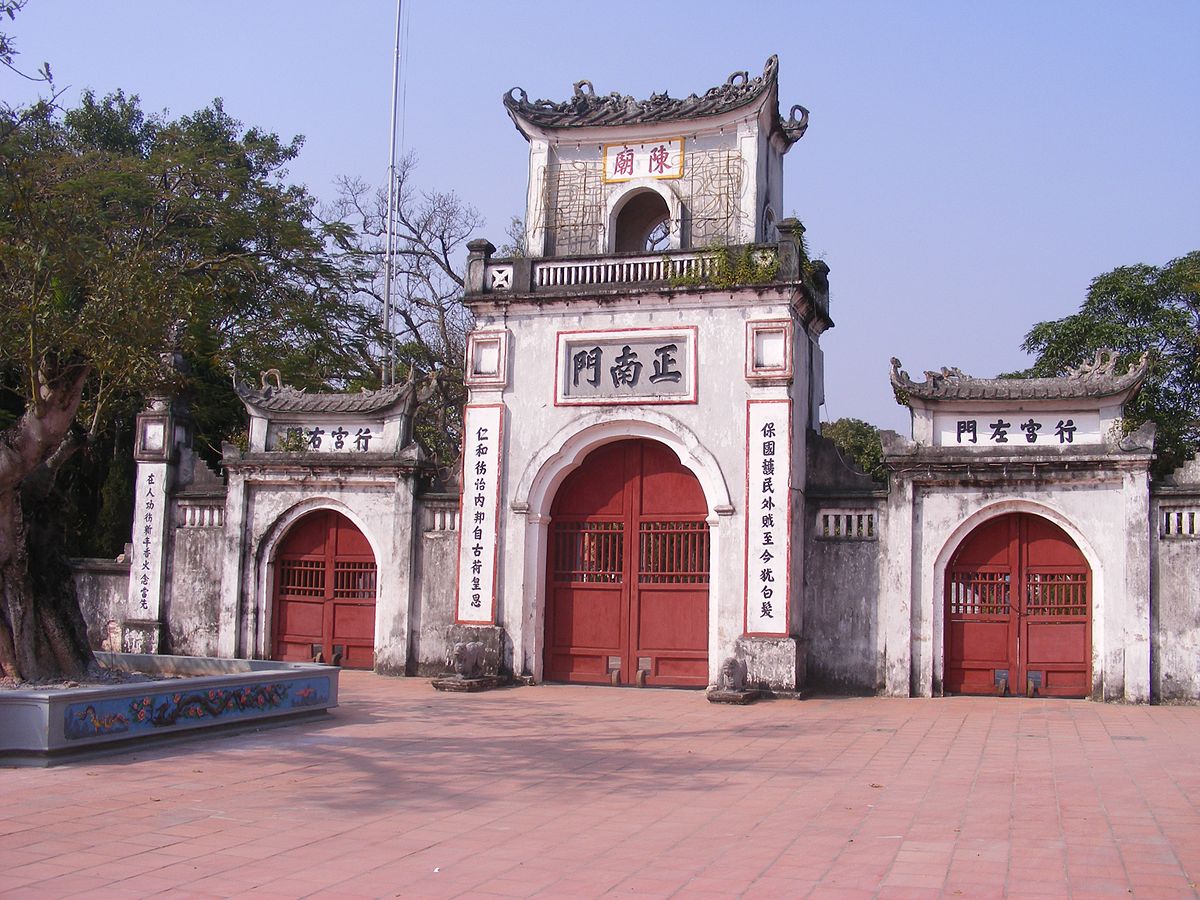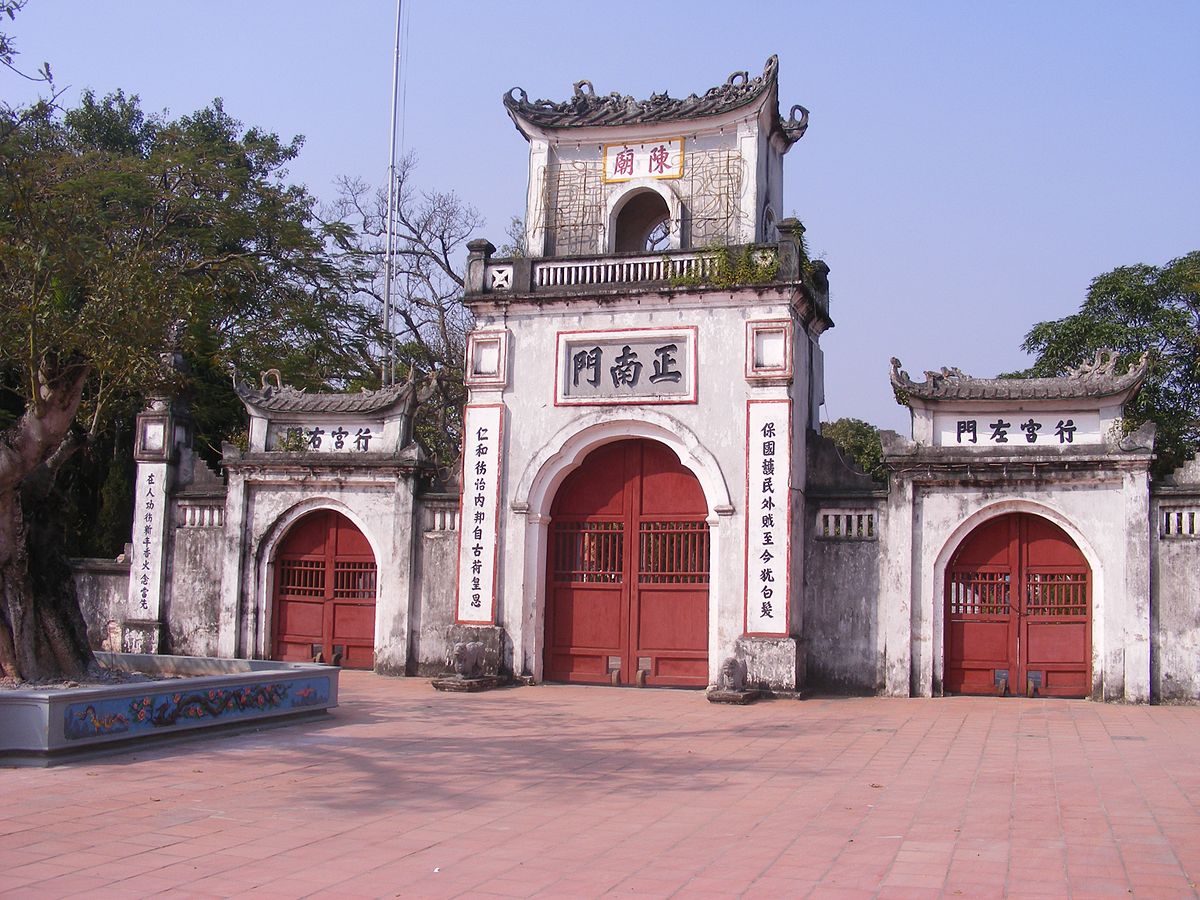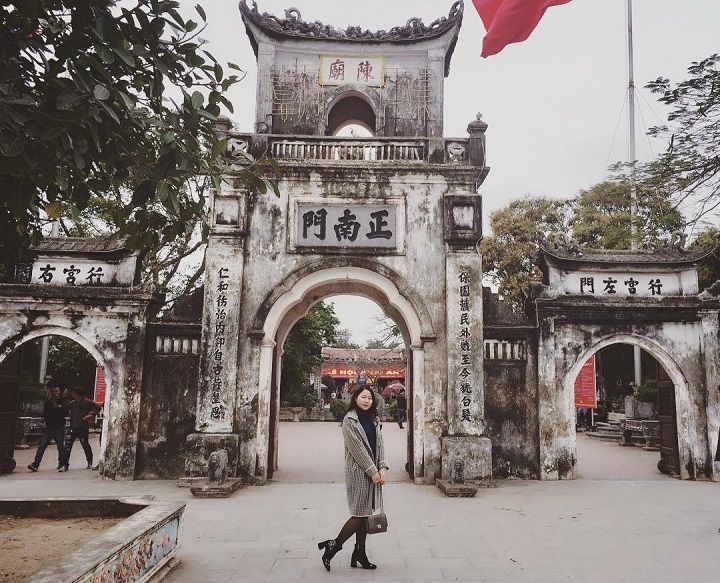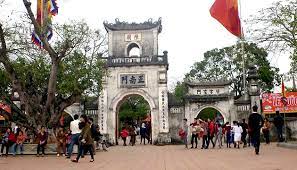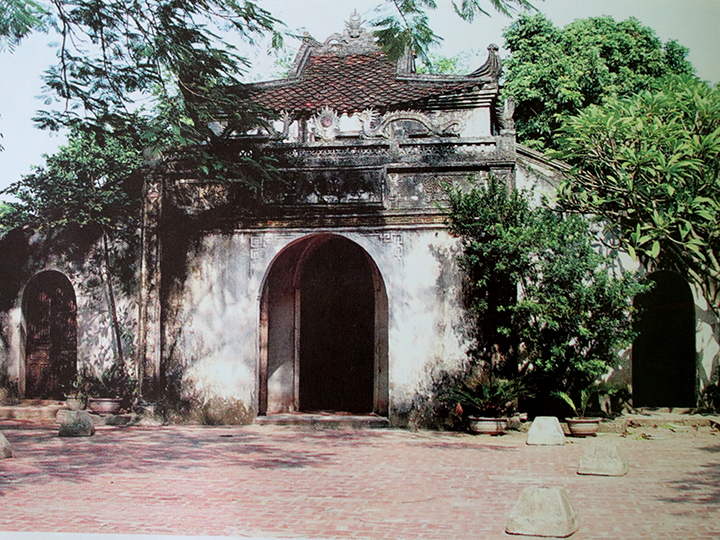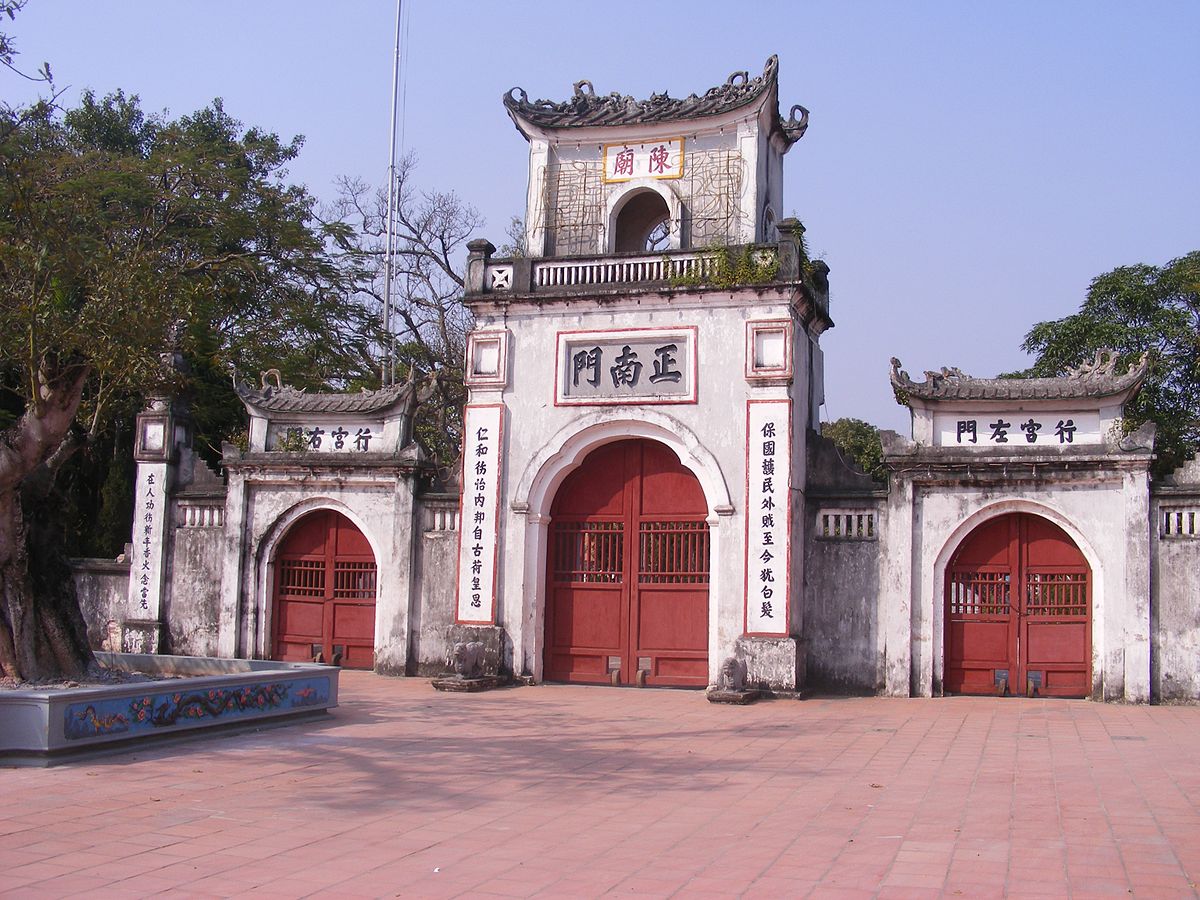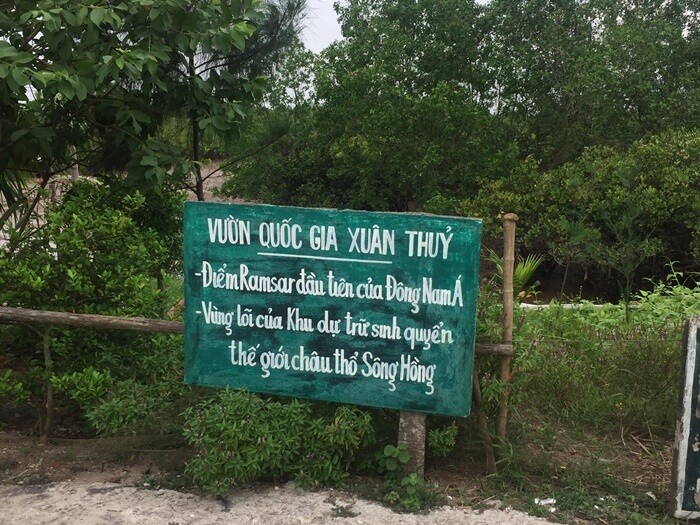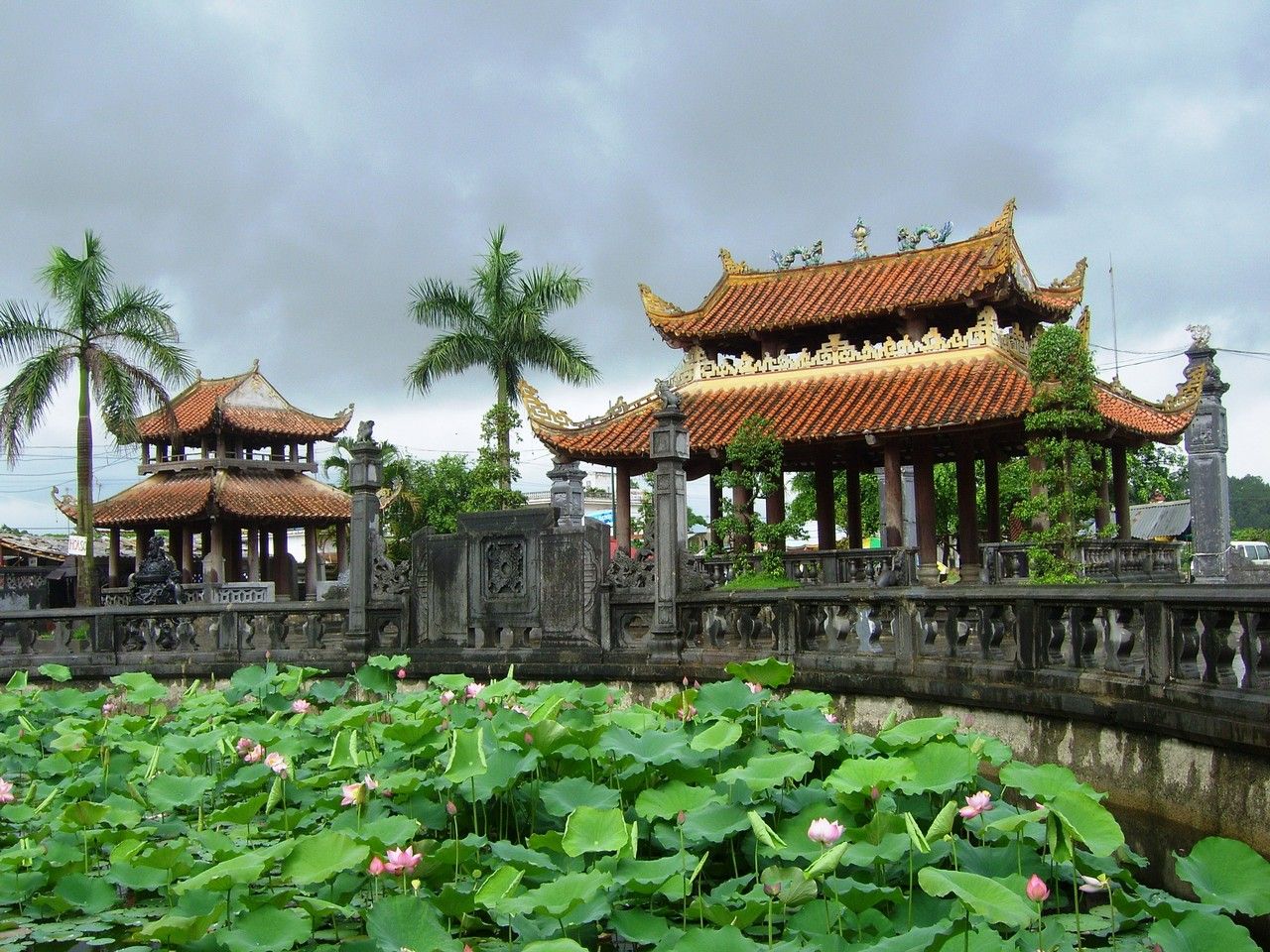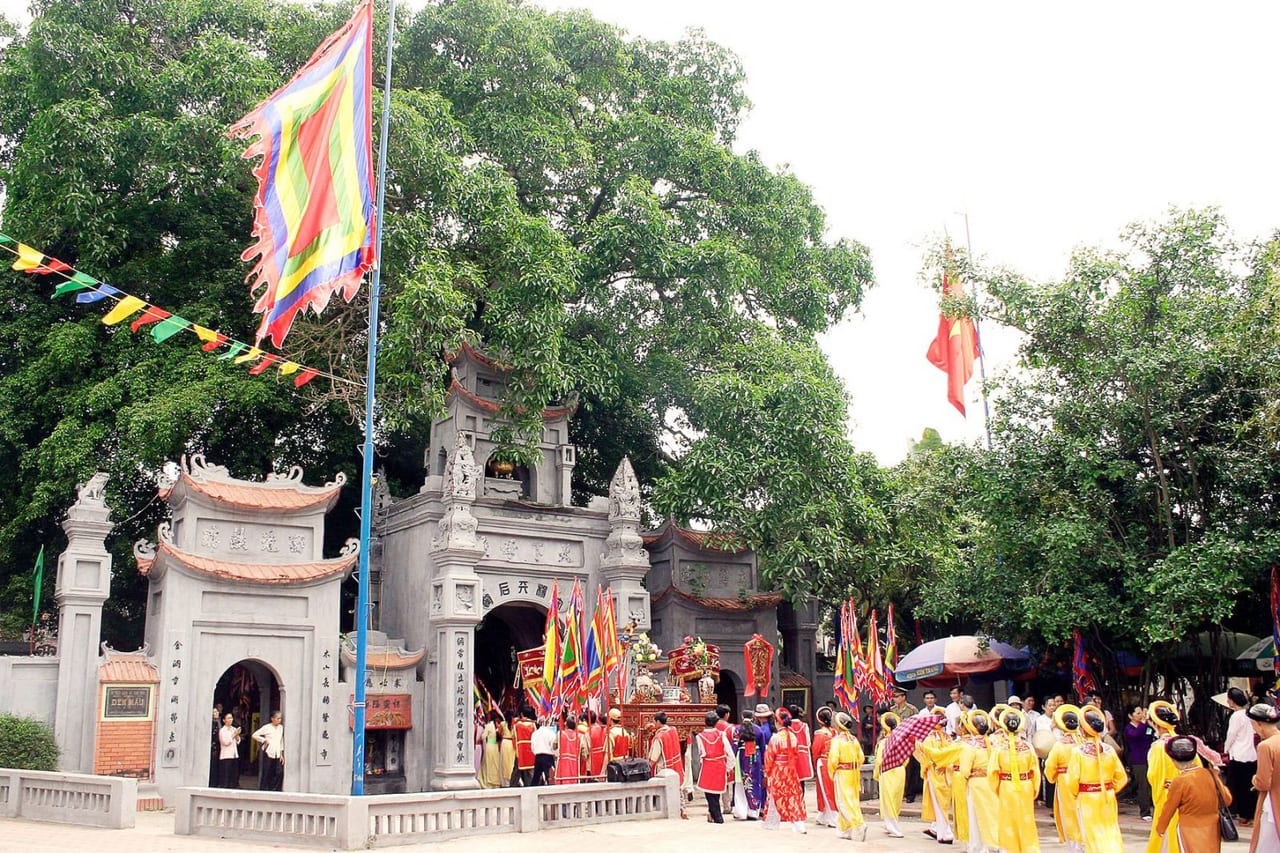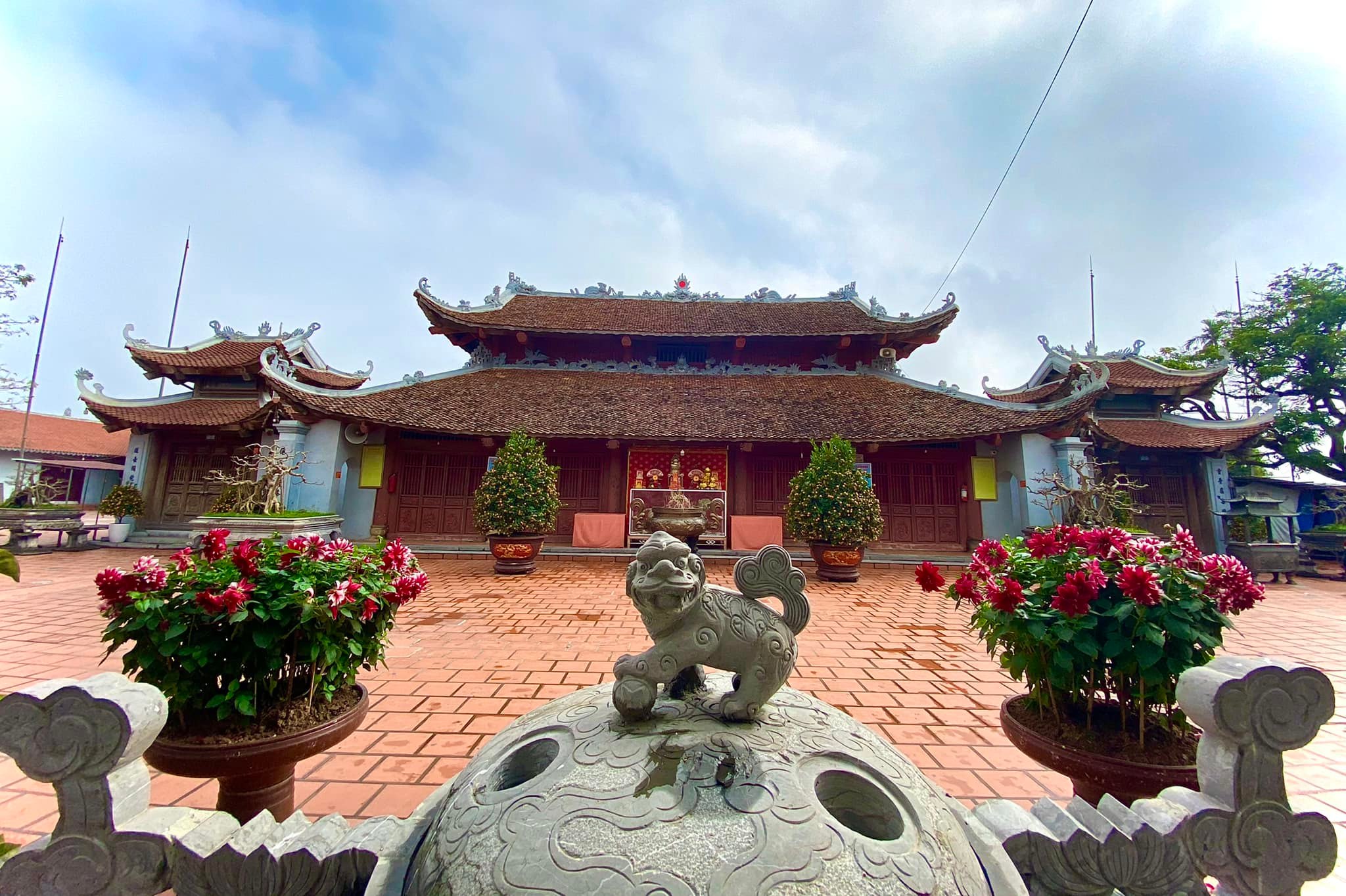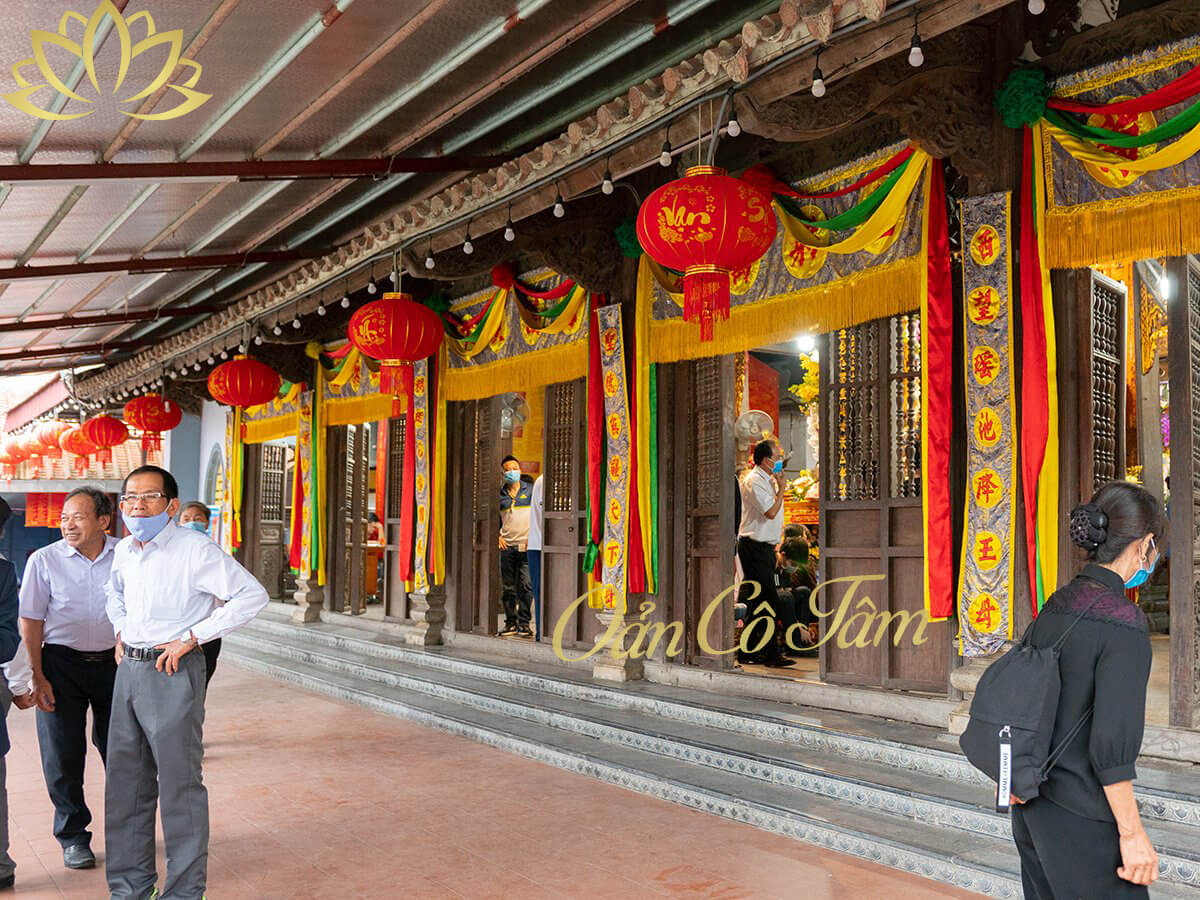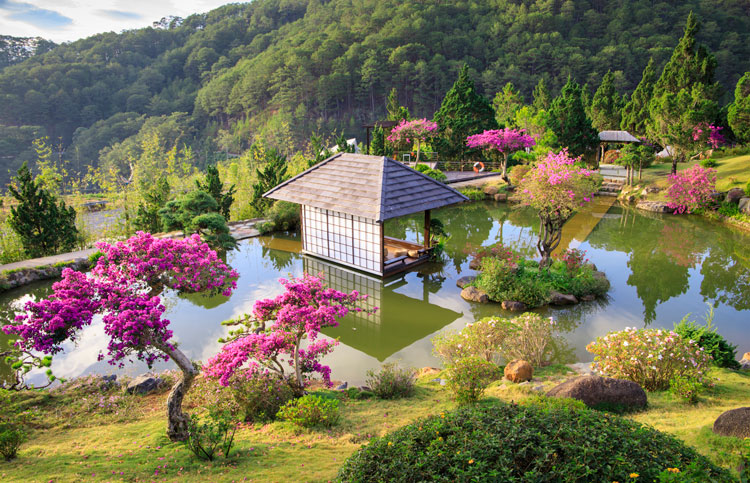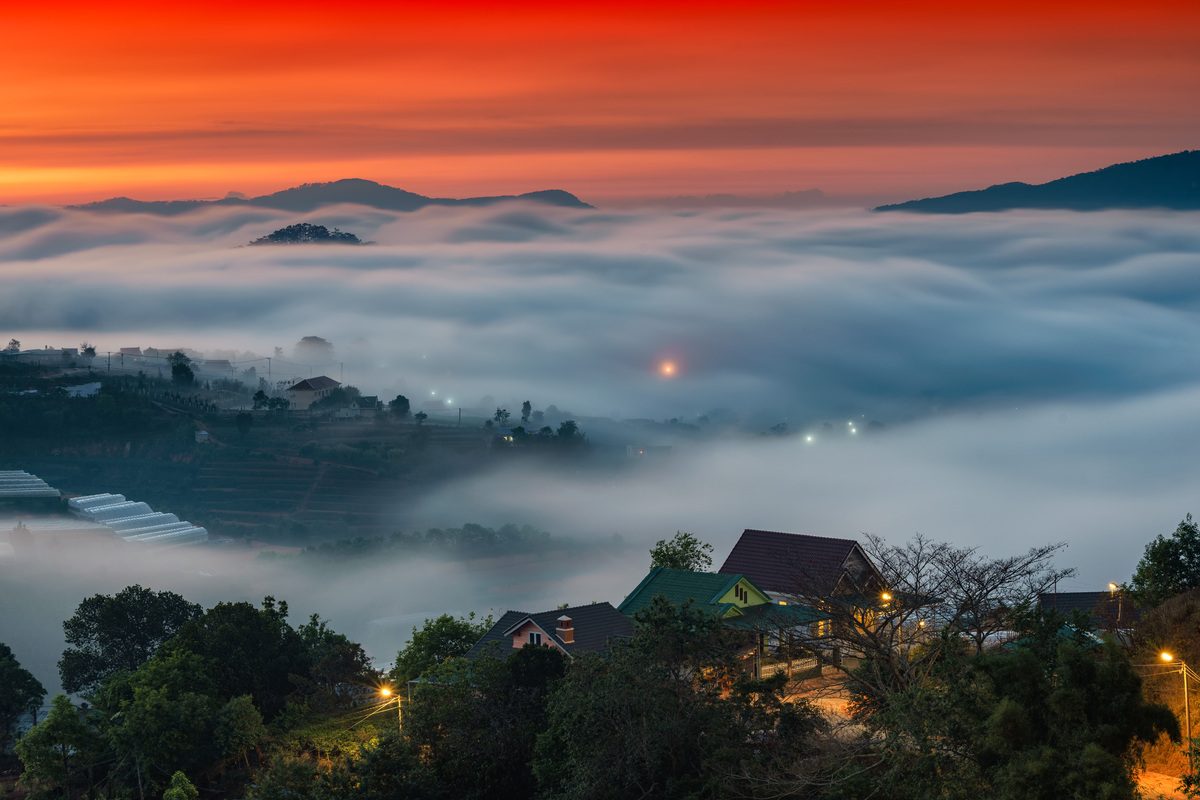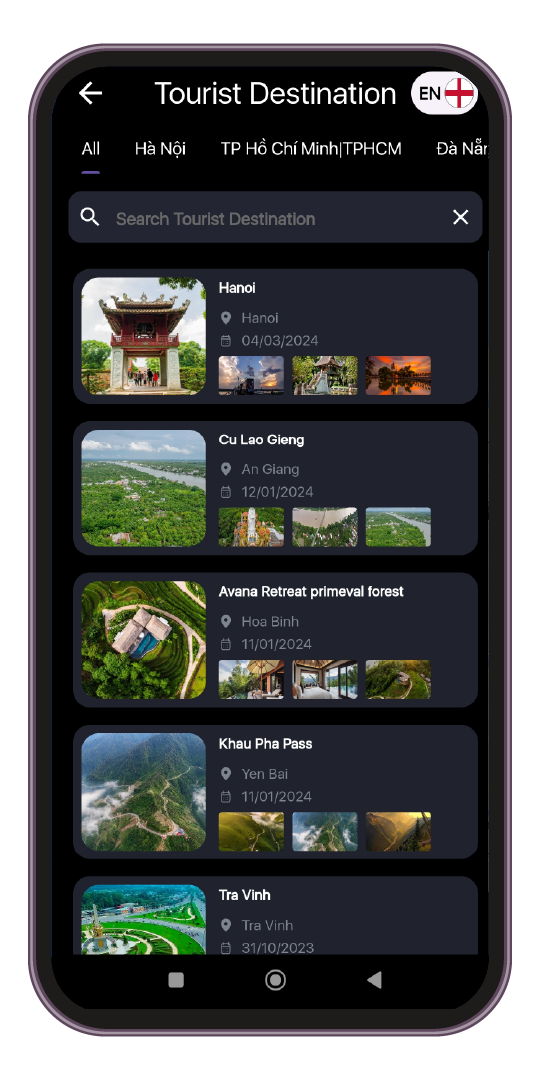Phu Day architectural and artistic relics (including: Phu Tien Huong, Phu Van Cat, Mausoleum of Lieu Hanh) are located in the two villages of Tien Huong and Van Cat in Kim Thai commune, Vu Ban district, far from the city center. Nam Dinh street is about 15km southwest. This is a relic with typical historical, cultural and artistic architectural value that has been ranked nationally by the Ministry of Culture according to Decision No. 09-VH/QD dated February 21, 1975. Phu Day worships Holy Mother Lieu Hanh, the head deity in the belief system of Mother Goddess worship (Three Palaces, Four Palaces) of the Vietnamese people, and is also one of the "Four Immortals" of the Vietnamese temple. She was conferred with many titles by feudal dynasties from the Le to Nguyen dynasties as "Mother Nghi Thien Ha" (Mother of all peoples) with the following titles: Ma Vang Bodhisattva, Great King Che Thang Hoa Dieu. Most villages and urban areas in our country have temples, pagodas, and temples worshiping Mother Lieu Hanh, which is very solemn. Among them, Phu Day relic has long been considered the center of Mother Goddess worship (Three Palaces, Four Palaces) of Vietnamese people. Based on historical books, scientific research works and folk legends about the story of Saint Mother Lieu Hanh, the Phu Day relic was built on the homeland where the Mother was born for the second time. According to the content of the stele "Tien tu genealogy" (Jade genealogy records the work of Tien Huong temple), "Holy Mother's late Trach Linh Tu Bi Ky" (Stele recording the old foundation of the sacred temple of the Holy Mother) is currently kept. At the site, Phu Day (including Phu Tien Huong and Phu Van Cat) had the earliest construction history in the Later Le dynasty, the reigns of Duong Hoa (1642) and Canh Tri (1663-1671). The original project was just a small temple built by local people to worship and pay tribute to the merits of Saint Mother Lieu Hanh. Through historical periods, the government, people and tourists from all over have contributed money and efforts to restore and build Phu Day into a spacious and majestic architectural complex to worship the Mother Goddess as it is today. Tien Huong Palace was built on a campus of nearly 7,500 square meters, facing southwest. On the overall plan, the project consists of 19 buildings with 81 large and small rooms of different heights and heights, arranged symmetrically and harmoniously, forming an architectural plan of the "Inside the terrace, outside the country" style. Looking from the outside, first is a round well with the meaning "Gathering water to gather blessings", followed by 3 communal houses, a semicircular lake and the main building. On both sides of the main building are two bridges running all the way connecting the Co and Cau floors with the stele house and guest house. The main building has four worship palaces: first, second, third, fourth. The shrines all have frames made of ironwood, designed in the same way as each other, creating a space for worship that is wide on the outside and deep on the inside. Among the four worship palaces, the fourth palace is the project with the highest artistic value. Here, on the system of trusses, horizontal beams, vertical beams, and planks carrying architectural components, artisans meticulously machined and carved them with many vivid themes and motifs such as: four sacred animals. , four precious items, fish turning into dragons, dharma wheels, pairs of "five blessings" money, bats with the word "tho" in their mouths, Nghe chau, two peaches, lotus turtles... have artistic value during the Nguyen Dynasty, 19th century - XX. Phu Van Cat is located about 1km east of Phu Tien Huong, built on a land area of nearly 3600m2, facing Northwest. The project consists of 7 buildings with 30 large and small compartments, also designed similarly to Thien Huong Palace in the style of "Inside the terrace, outside the country". On the overall plan, looking from the outside, first is a semicircular lake, in the middle of the lake is a 3-compartment water pavilion built entirely of ironwood. Next is the Nghi Mon system (five gates) designed in the style of a 3-storey stack, 5 lofts and the main building. The main project is also designed to include 4 palaces: first, second, third, and fourth. The architectural and artistic value is most clearly shown on the wooden architectural structures of the fourth palace. Here, the artisans have put all their ingenuity and effort into carving extremely rich and diverse works of art with motifs of dragons, dragons flanking phoenixes dancing, mixed with groups of glasses playing with other animals. The turtle is hidden under the lotus pond... in the architectural and artistic style of the Later Le period, 17th - 18th centuries. Mausoleum of Lieu Hanh was built in 1938, on a high land area with an area of 1647m2. The mausoleum was built entirely of green stone, including many square walls. In the middle of the walls there is a door made up of two pillars, with a pink stone lotus placed on top of the pillar. In the middle of the mausoleum is an octagonal tomb, each side is 1.3m wide. The overall mausoleum has 60 pillars corresponding to 60 lotus buds, looking like a nasturtium pond from afar. Phu Day architectural work, since its inception, has undergone many restorations, embellishments and expansions but still preserves intact the architectural values bearing the artistic imprint of the Le - Nguyen dynasties. . With reasonable and scientific calculation of scale, architectural structure, and ingenious combination and use of construction materials, our ancestors created extremely unique and perfect works of art. . All three relics of Tien Huong Palace, Van Cat Palace and Lieu Hanh Mausoleum, not only have typical historical, cultural and scientific values but also have aesthetic, architectural and artistic values. In addition to being located in a charming landscape, these relics all have a majestic scale, symmetrical and harmonious structure, along with unique artistic value through rich sculptural themes. diversity. All of these elements have become an important nucleus constituting an architectural complex, a famous "super temple" not only of Nam Dinh, but also typical of the whole country. In addition, the system of relics, antiques and worship objects such as epitaphs, ordinations, parallel sentences, great characters... along with the legend of Holy Mother Lieu Hanh are rich and valuable sources of information to help scholars. Scientific research in many fields explains and identifies the great value of these relics to the nation's cultural heritage system through the ages.
Nam Dinh 1511 view From January to December
Ngày cập nhật : 12/03/2023


 vn
vn en
en ja
ja ko
ko zh
zh


















